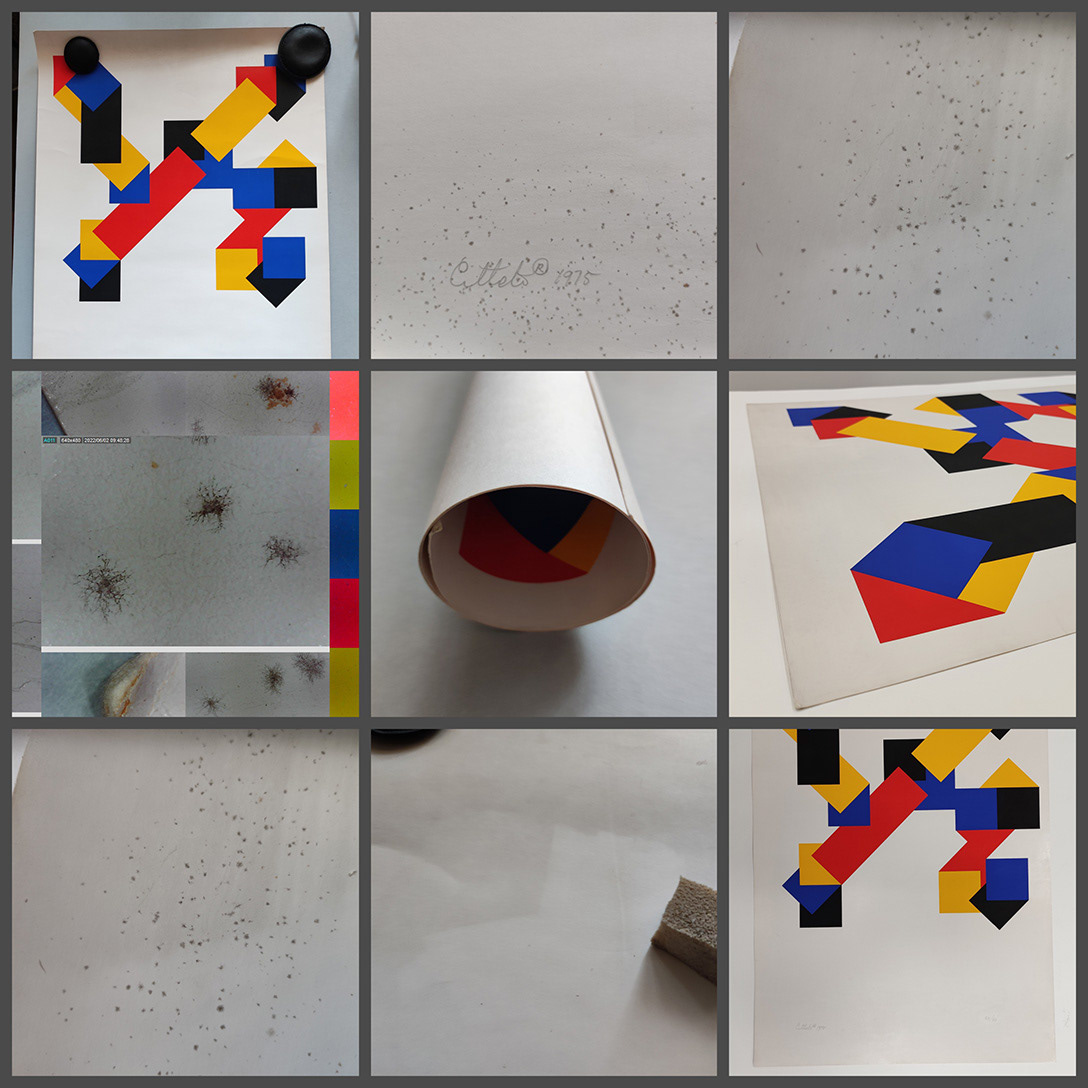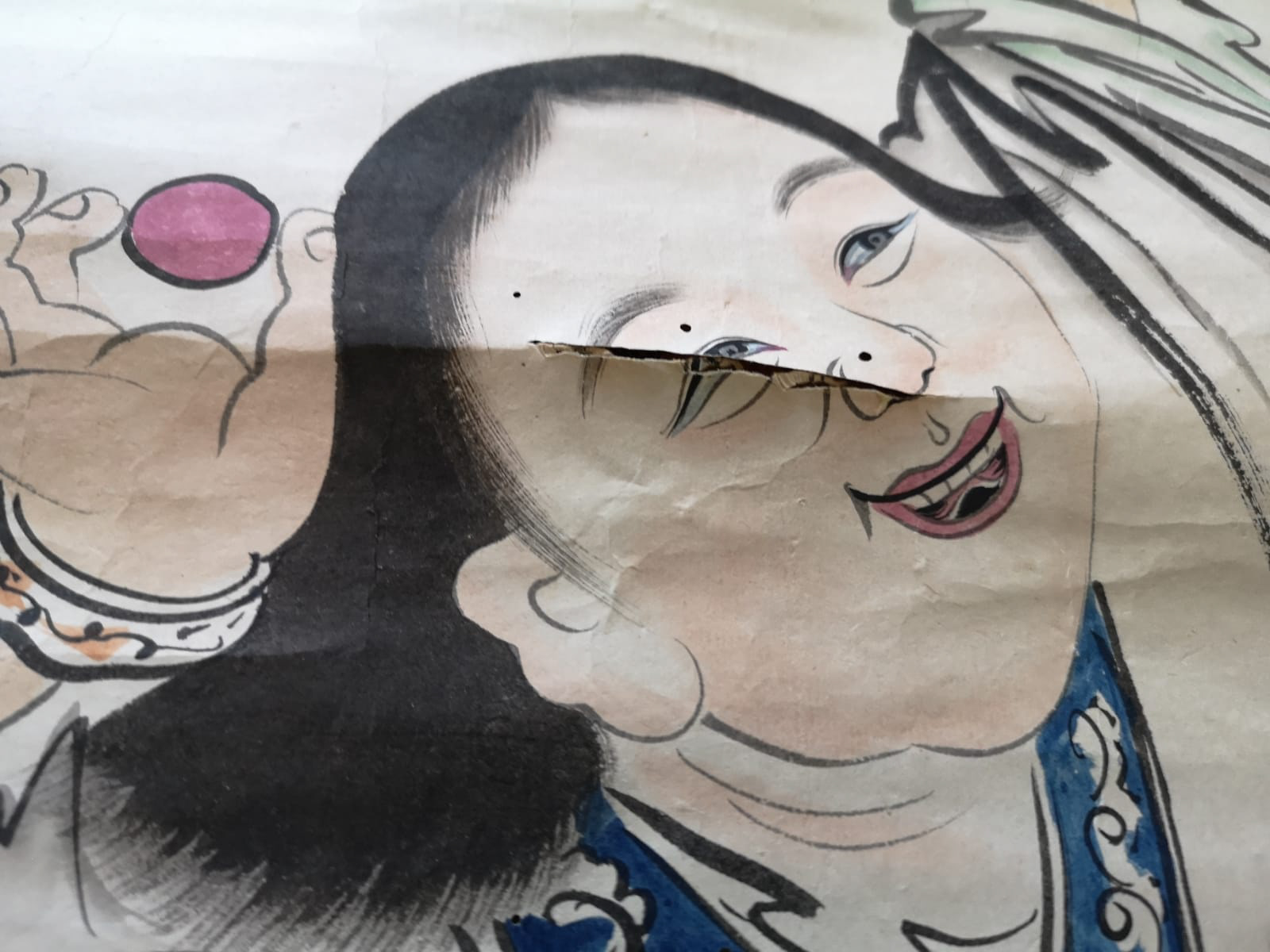
Detail: Portrait of two Man musicians dancers – the scroll painting
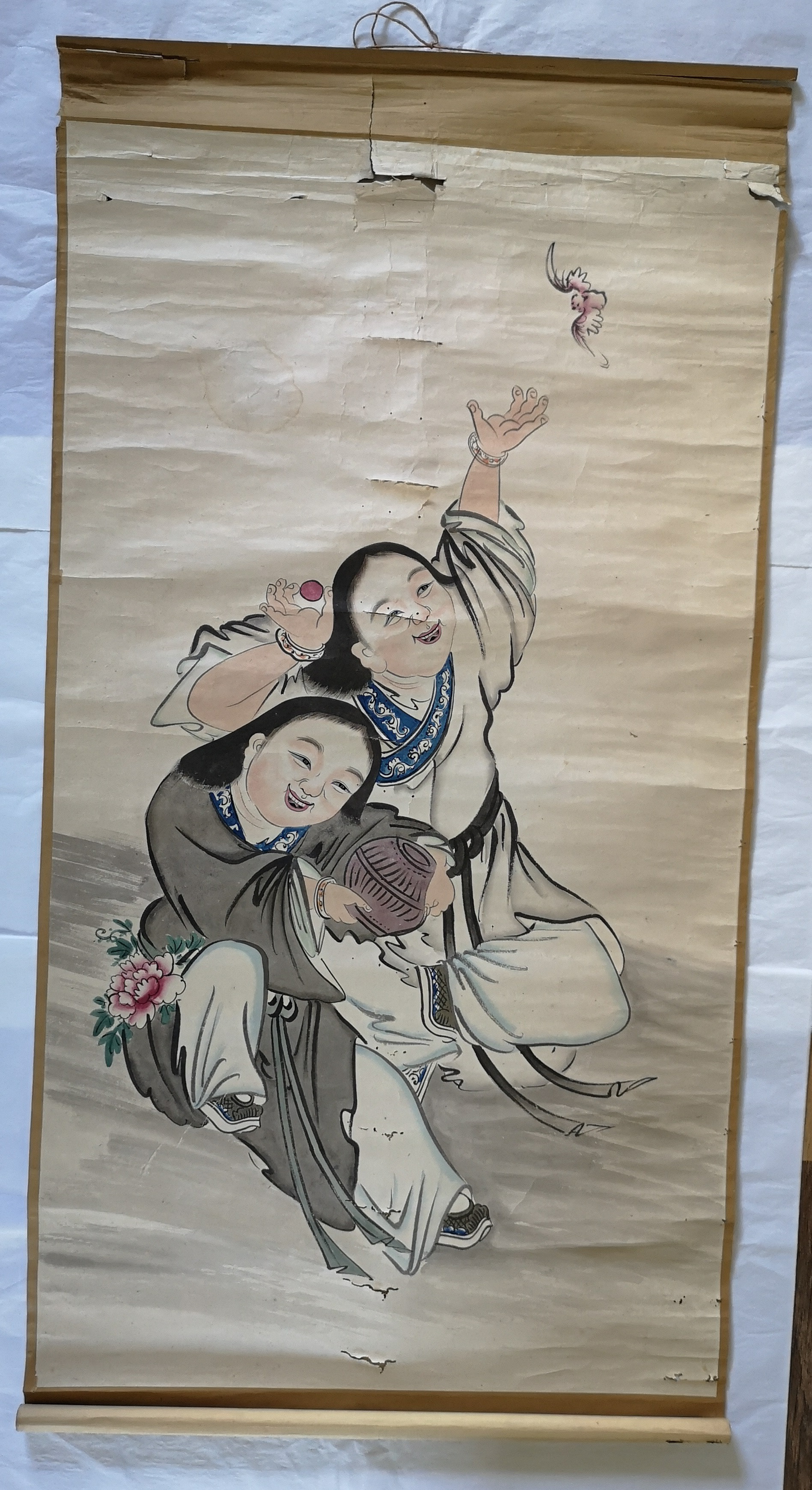
Overall image of the Chinese painting scroll, before conservation: Portrait of two Man musicians dancers – the scroll painting

Details of scroll condition with tears and some missing area, image before conservation
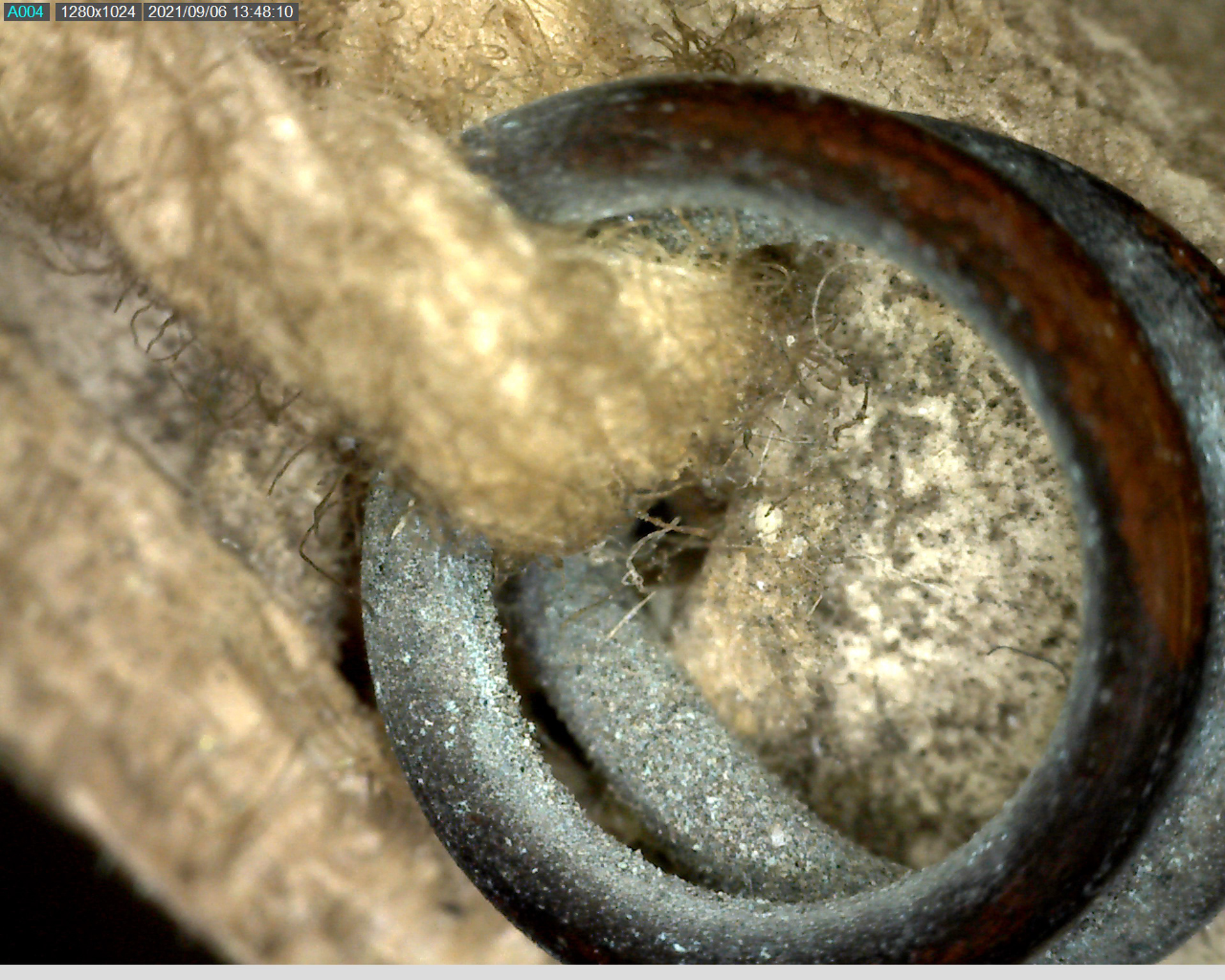
Details of the metal ring and cord(top roller rod) under microscope magnifications
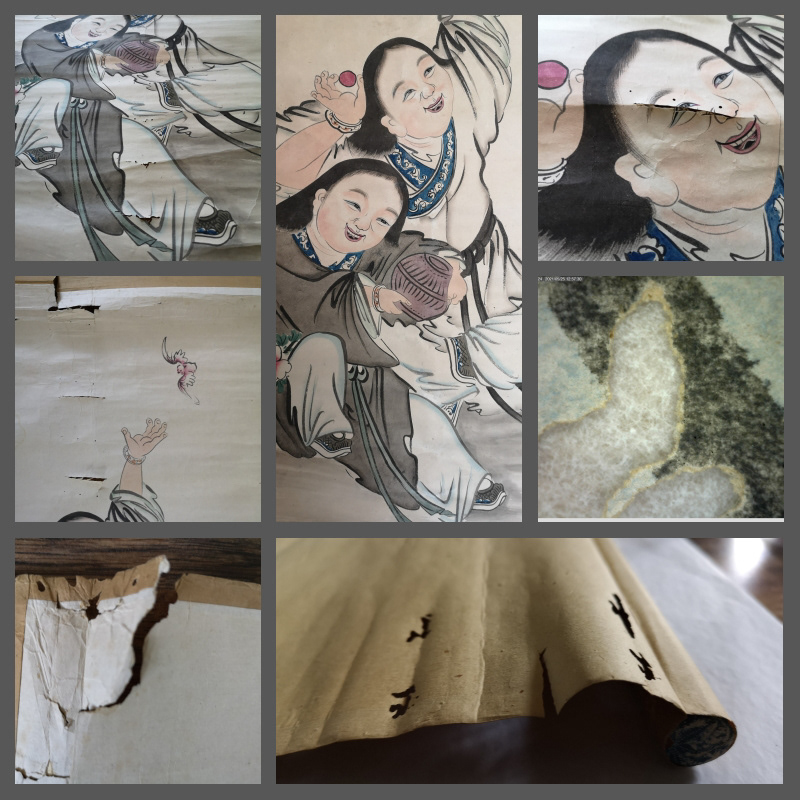
Portrait of two Man musicians dancers – the scroll painting - Collage of the images showing the details of the scroll condition before and after conservation
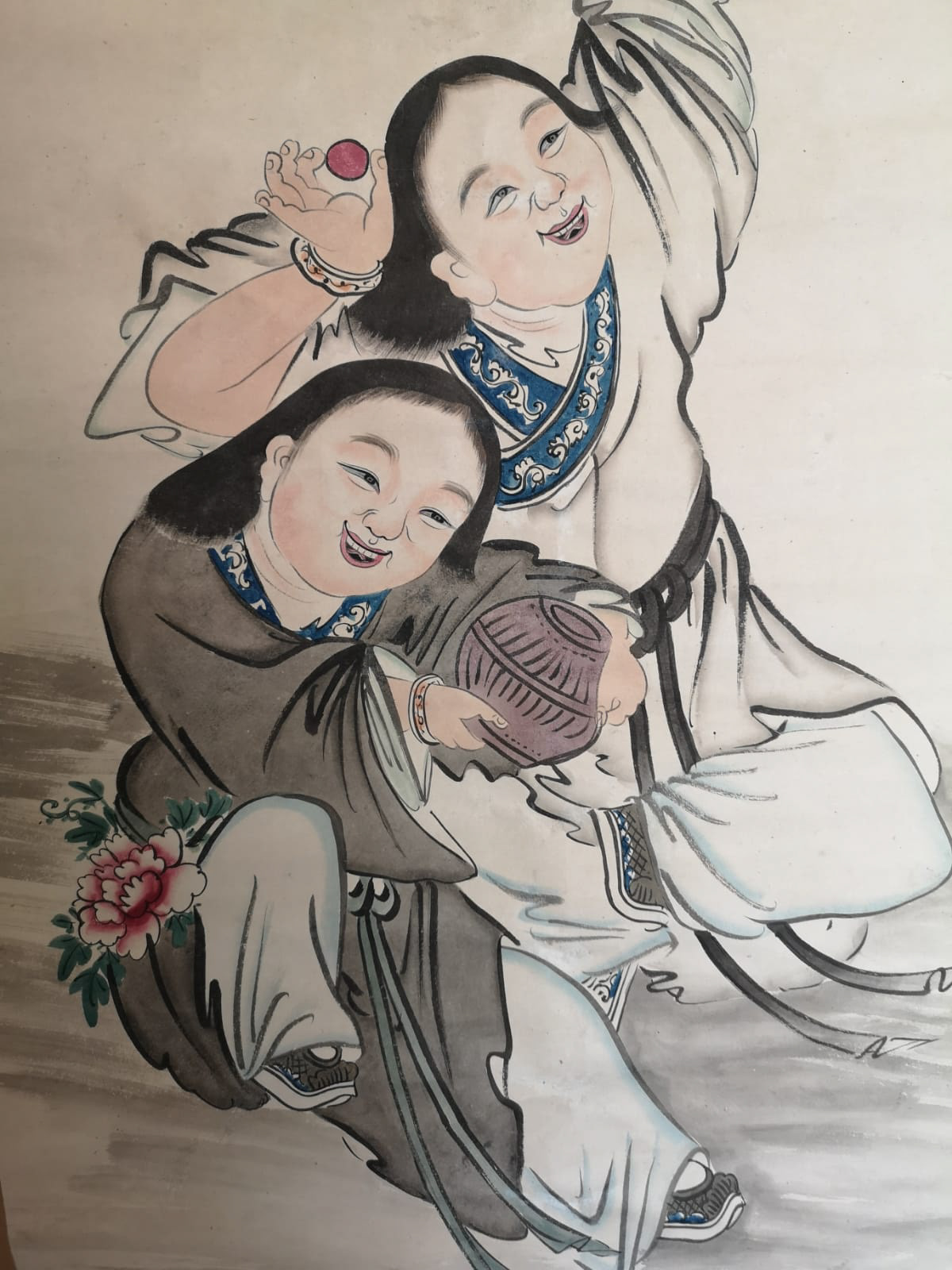
Portrait of two Man musicians dancers – the scroll painting
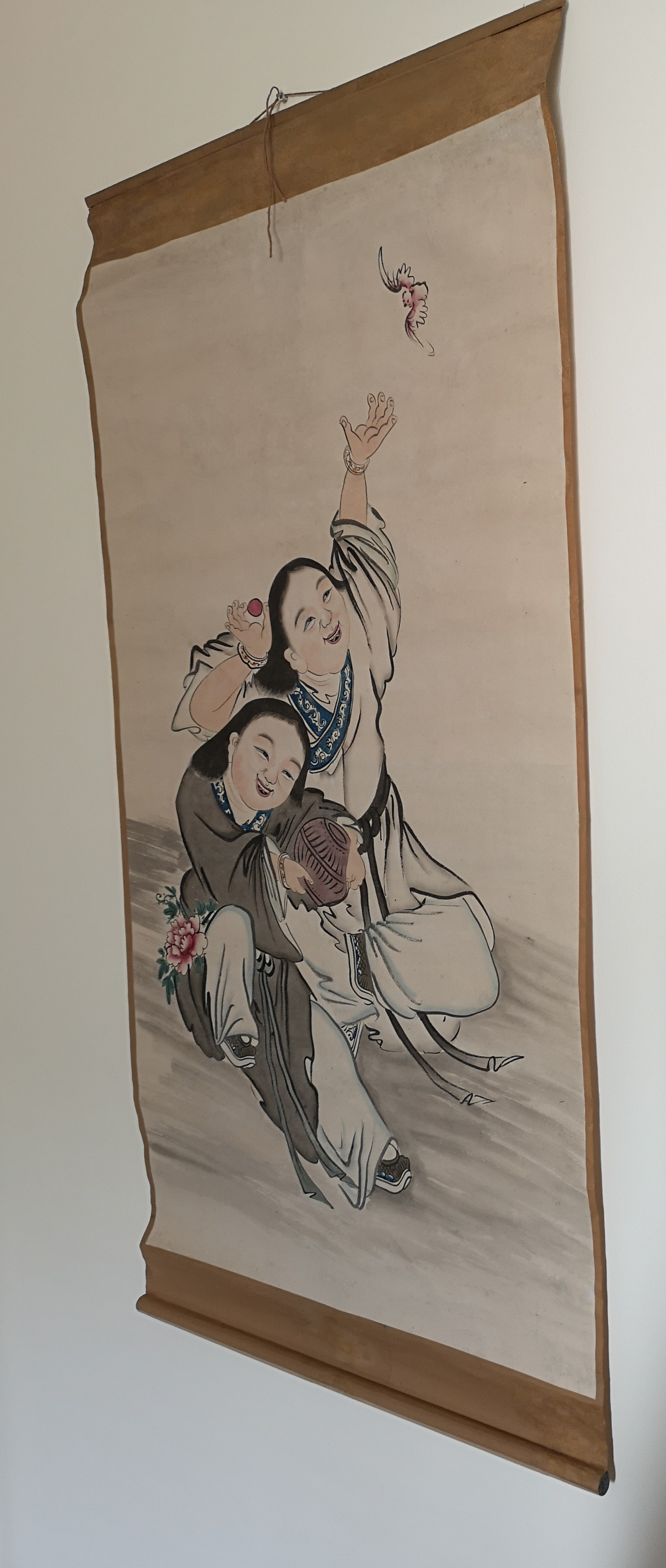
The Chinese painting scroll after conservation: Portrait of two Man musicians dancers – the scroll painting
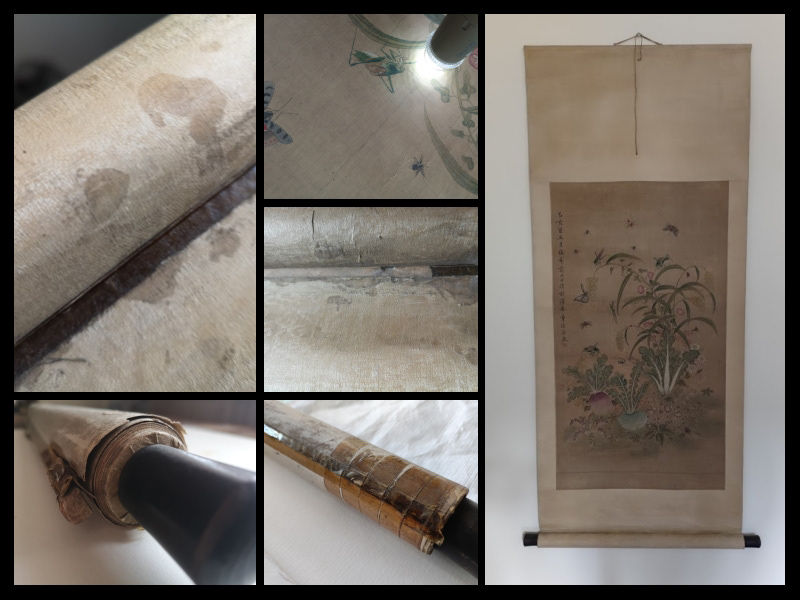
Collage of the images showing the details of the scroll condition before and after conservation: A Chinese scroll attributed to Yun Shouping (恽寿平) - Collage of the images showing the details of the scroll condition before and after conservation
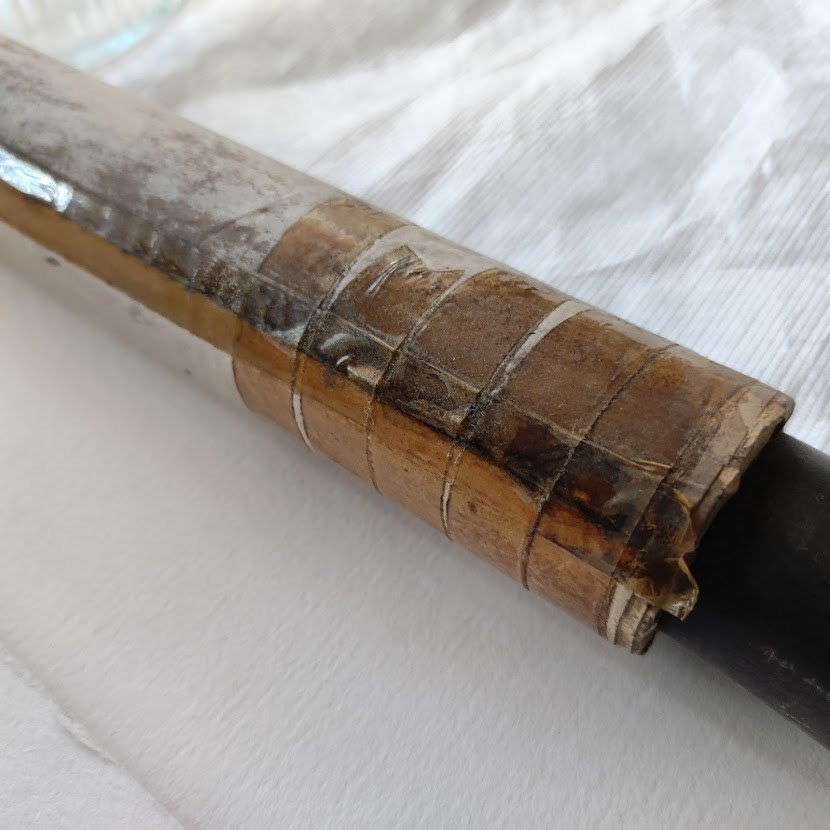
Details of the old tapes’ repairs and old tapes repairs area under microscope magnification - images before treatment: A Chinese scroll attributed to Yun Shouping (恽寿平)

Details of the scroll-condition before and after treatment: A Chinese scroll attributed to Yun Shouping (恽寿平)
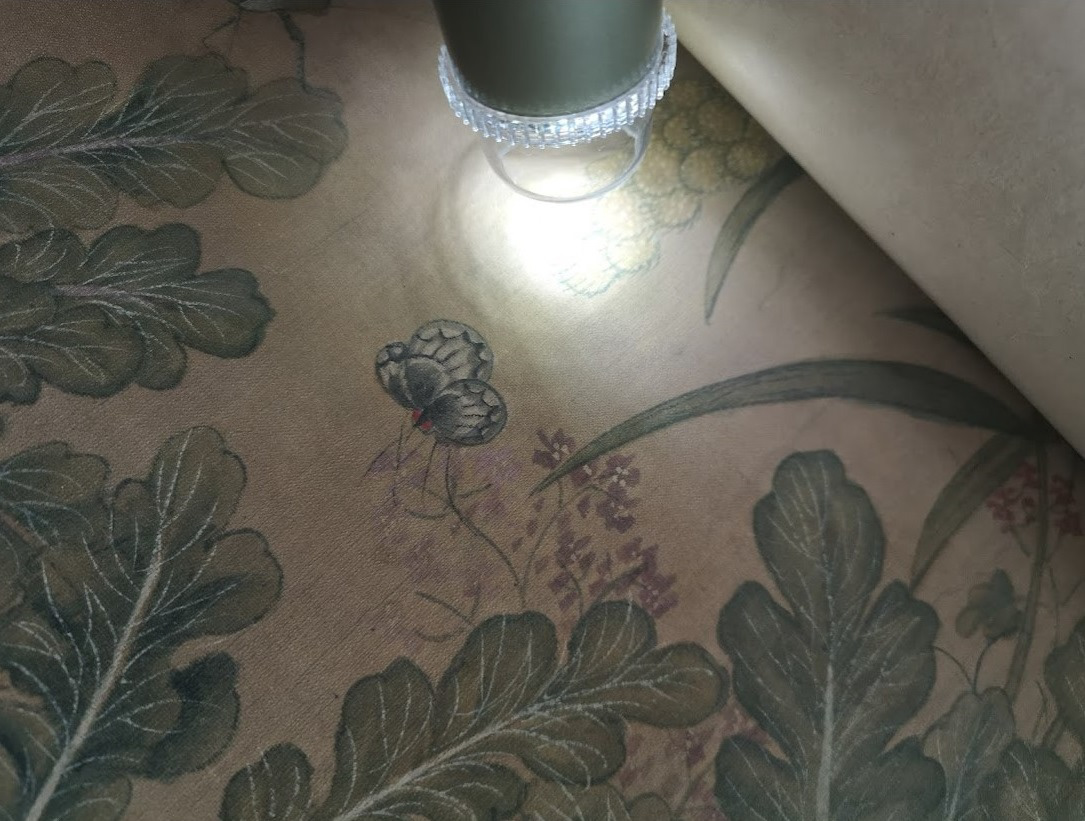
Details of the painting during microscope assessment: A Chinese scroll attributed to Yun Shouping (恽寿平)
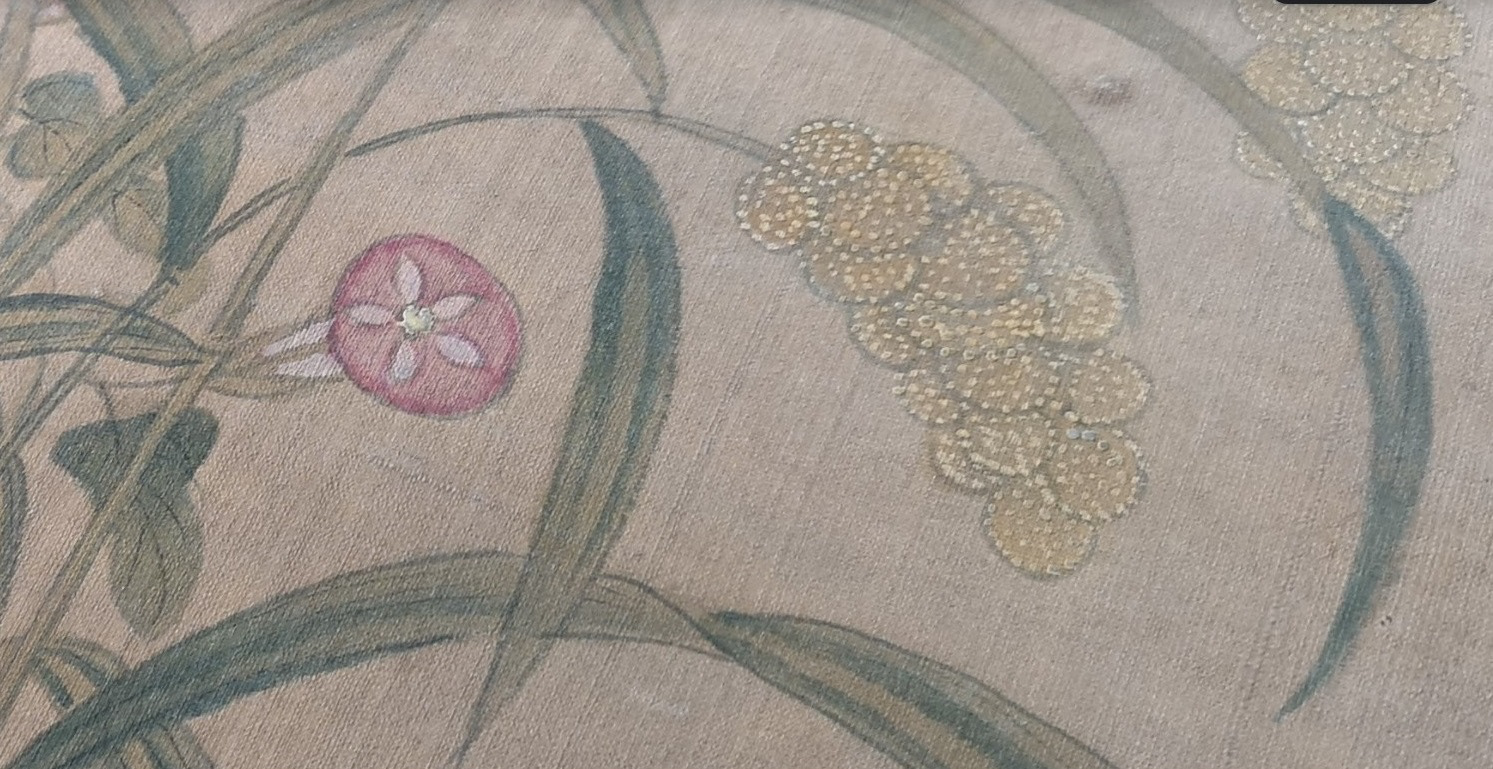
Details of the scroll painting showing the dotting methods known as dianfa, image before conservation: A Chinese scroll attributed to Yun Shouping (恽寿平)
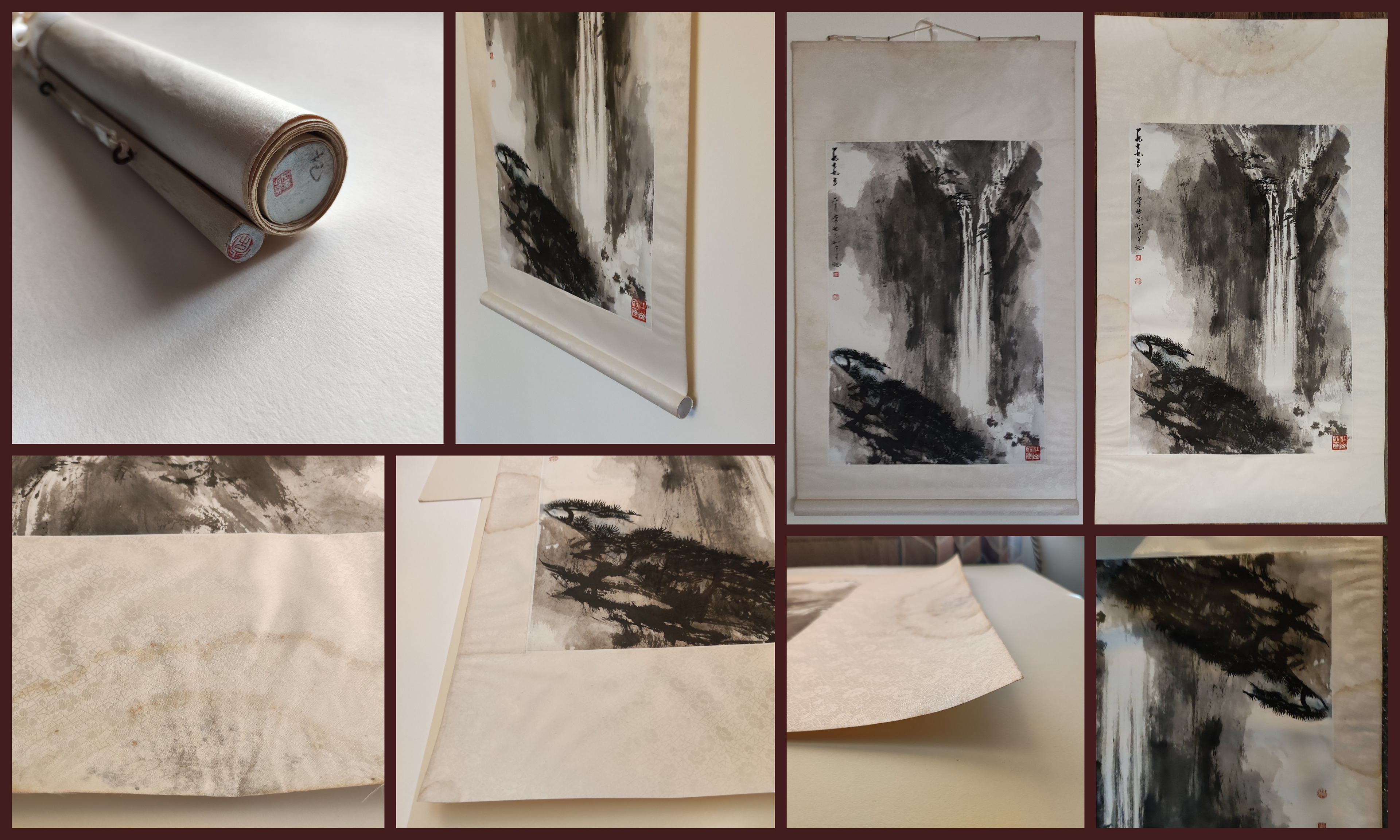
Collage of the images showing the details of the contemporary scroll condition before and after conservation
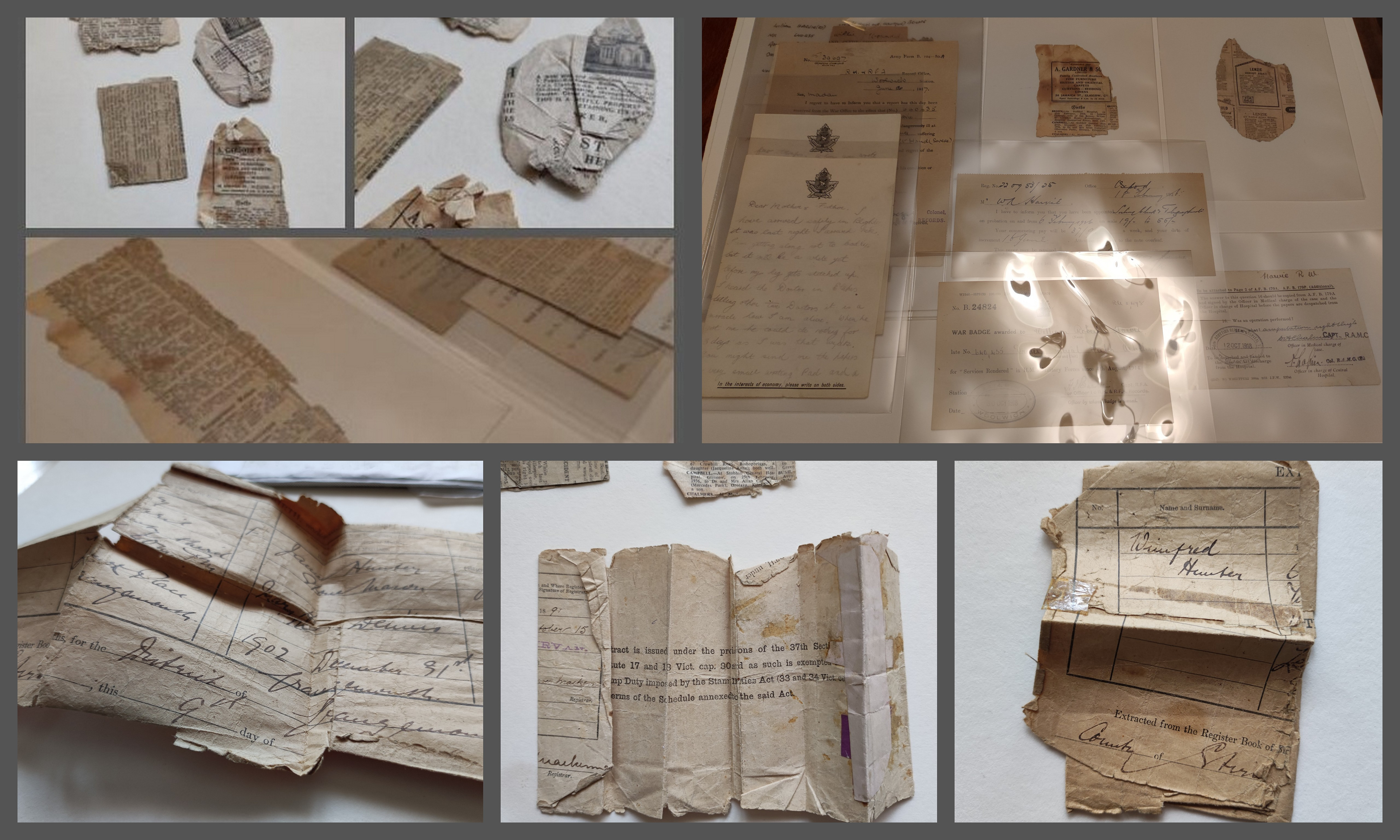
Collage of the images showing the details of the family documents condition before and after conservation

Collage of the images showing the details of the Friedensreich Hundertwasser print condition before and after conservation

Collage of the images showing the details of the Girlamo Gianni painting condition before and after conservation
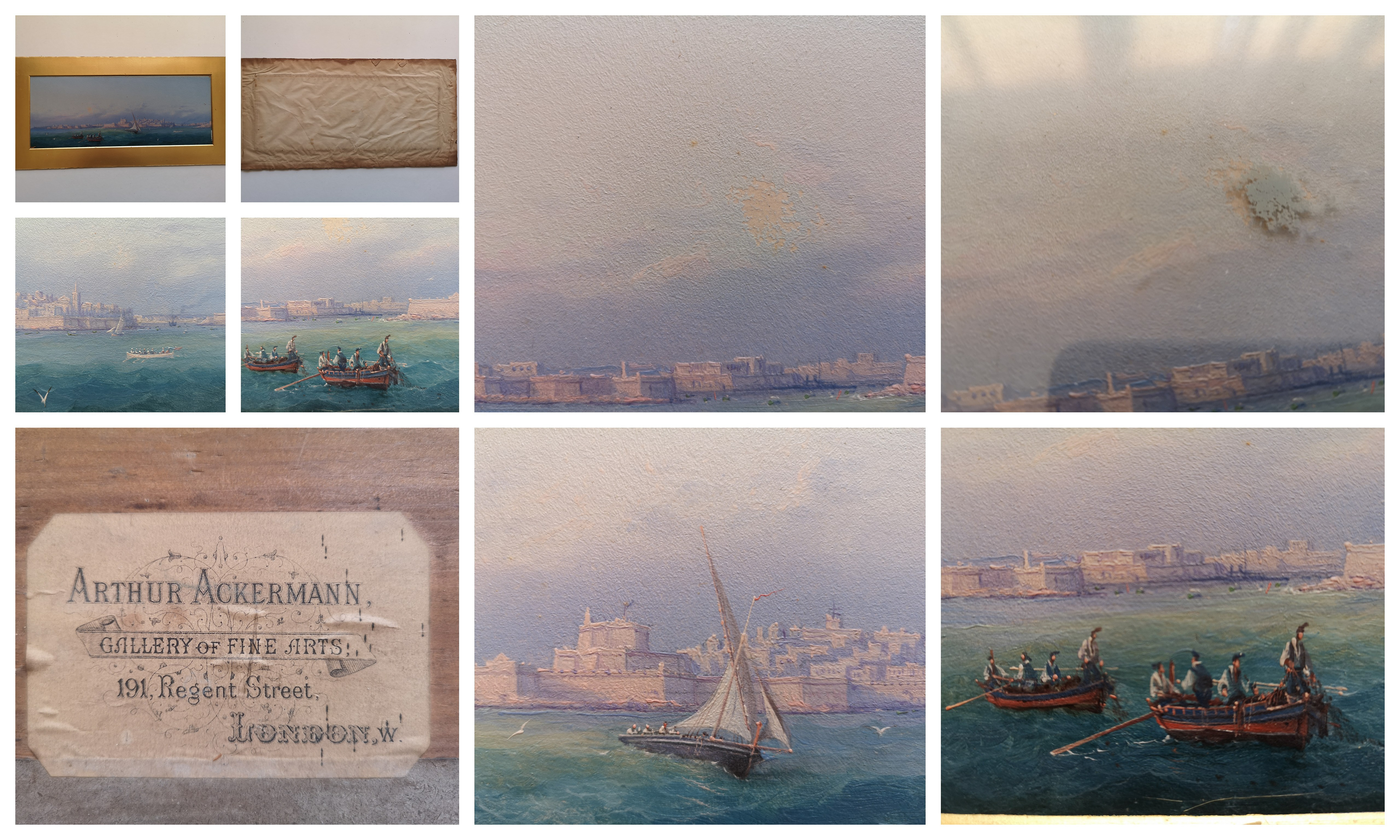
Collage of the images showing the details of the Girlamo Gianni painting condition before and after conservation
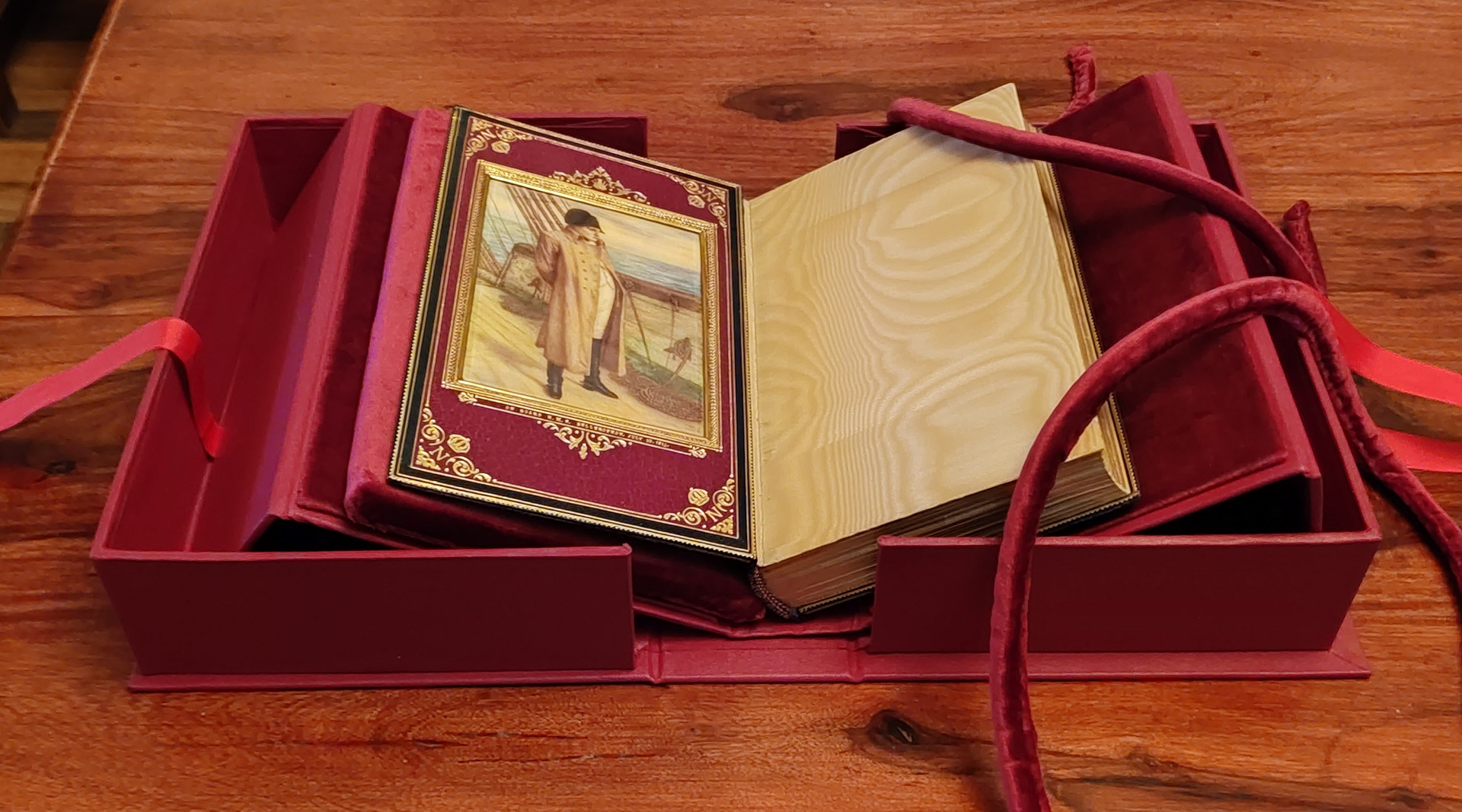
Competed box with book with integral cradle in position

Detail of the book in open position.

View of the cradle when opening the box with book -image after conservation

Collage of the images showing the details of the post-war documentcondition before and after conservation
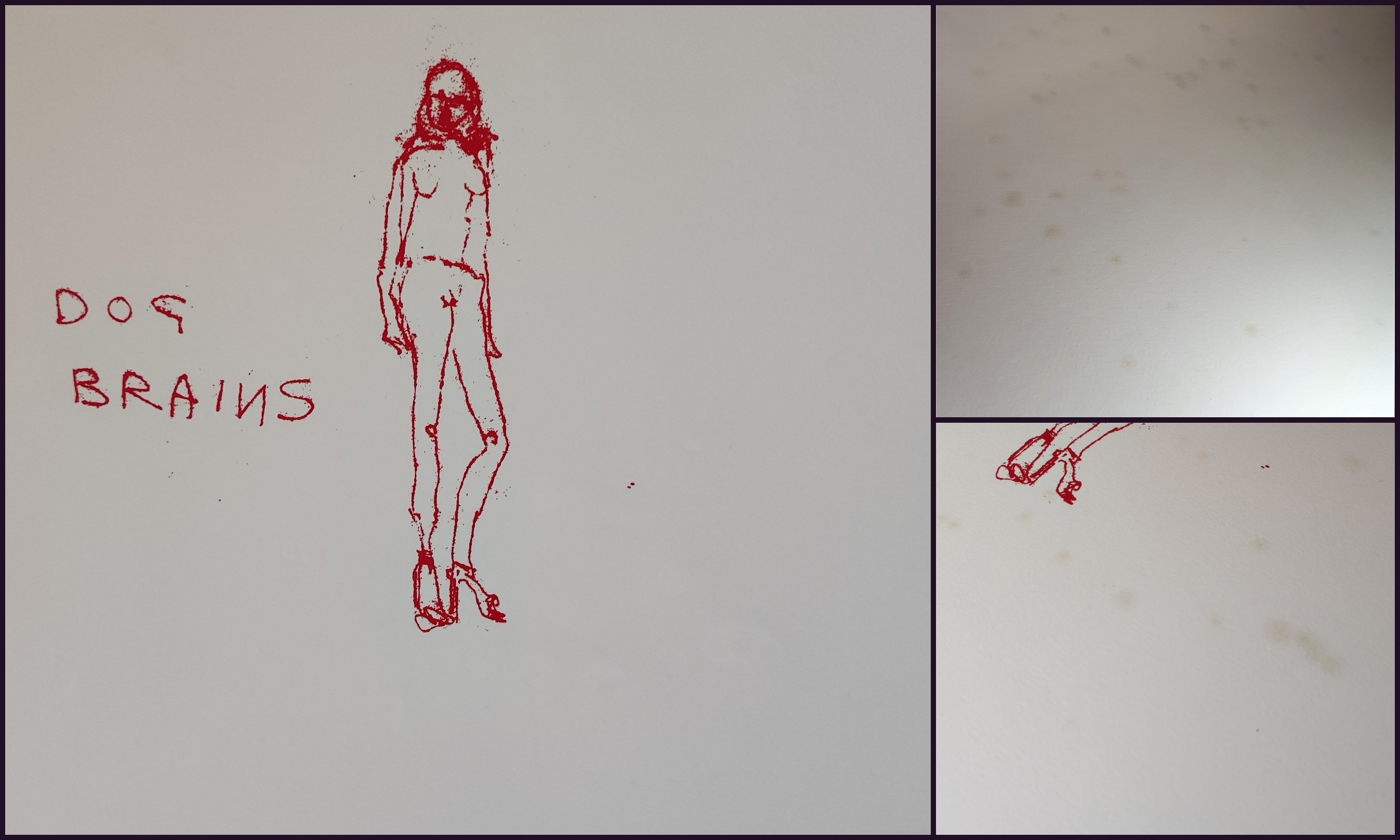
Collage of the images showing the details of the Tracey Emin print condition before and after conservation
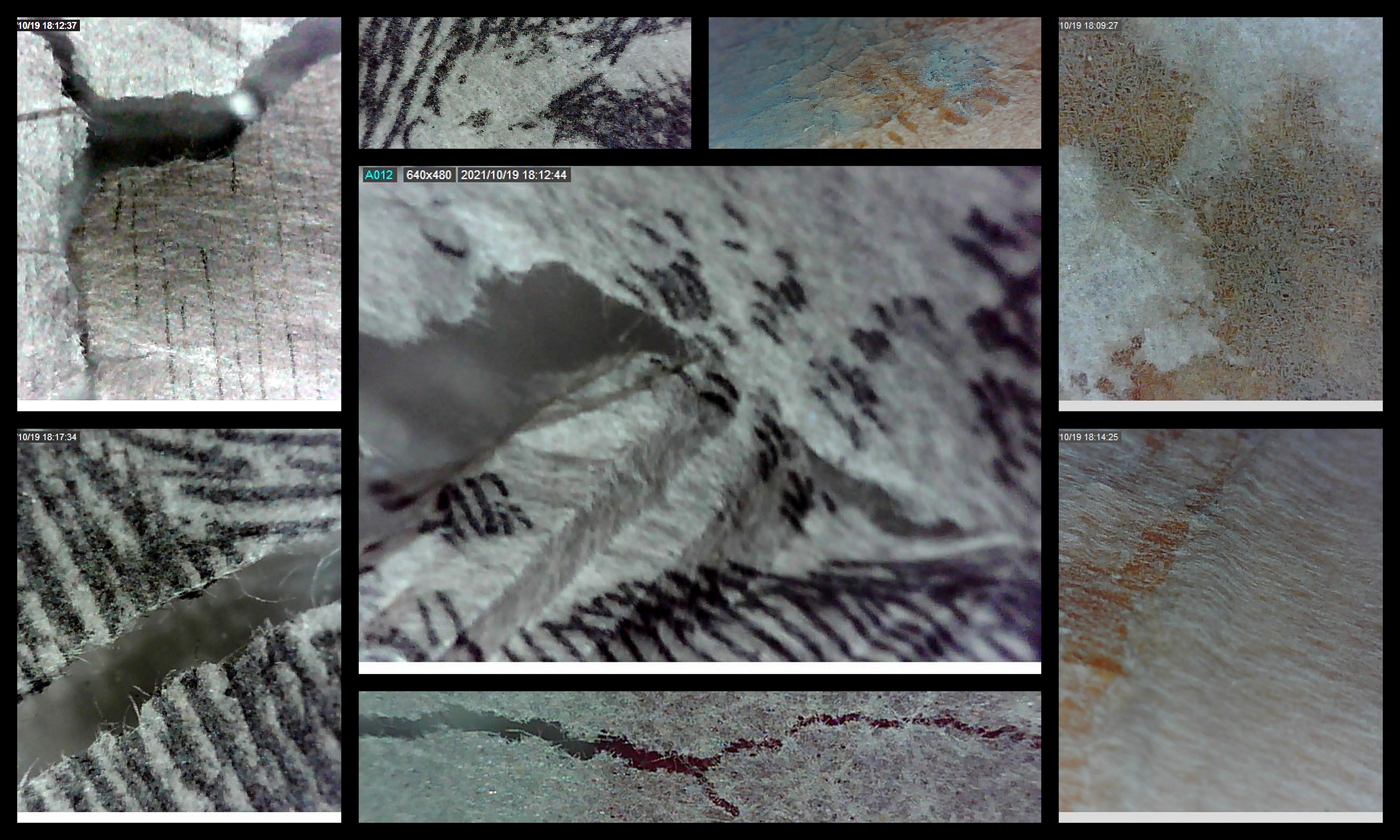
Collage of the images showing the detail of the print condition under a microscope before treatment
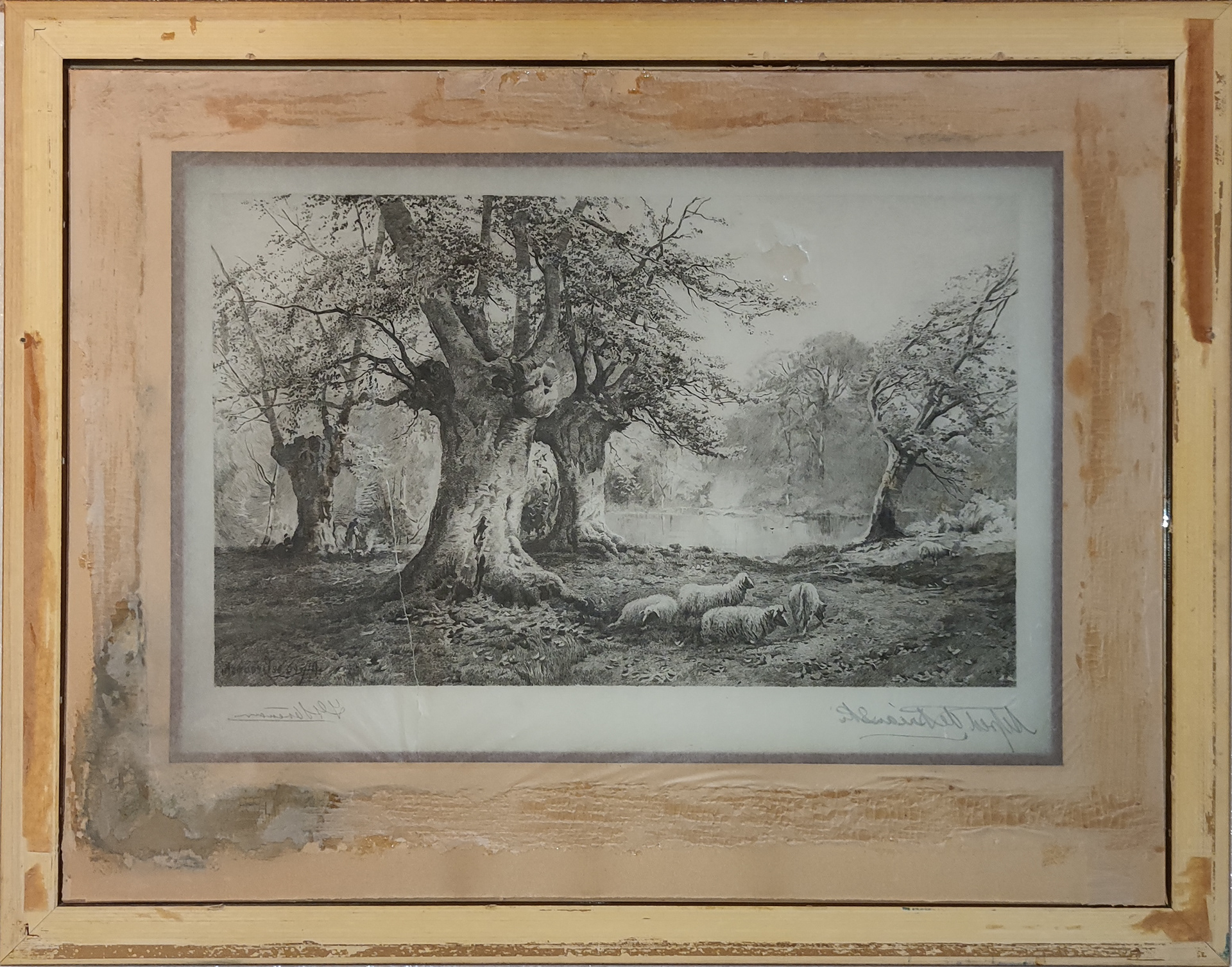
Overview of the print reverse showing condition before conservation: The etching after a painting titled Burnham Beeches originally painted by Alfred de Breanski
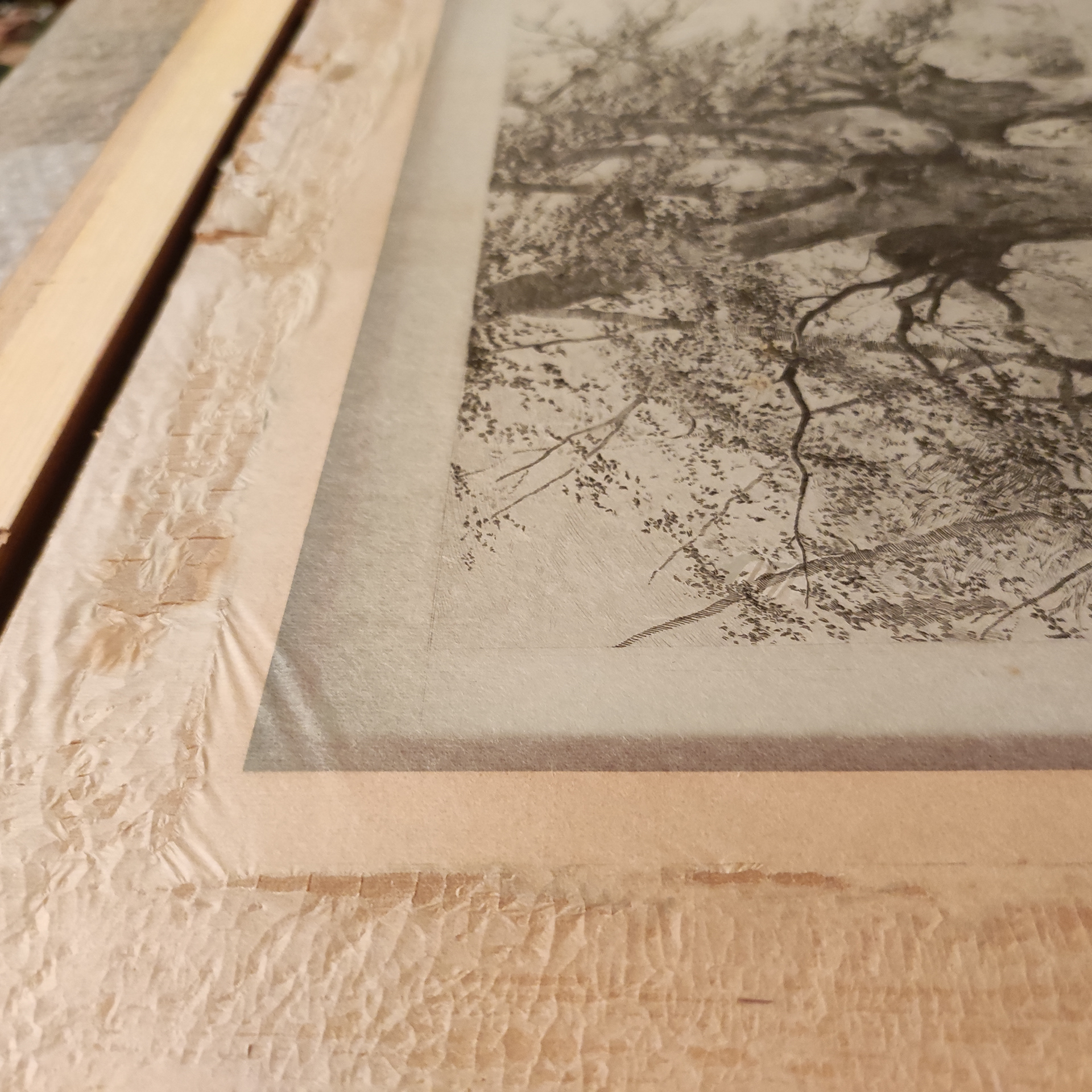
Detail of the thin paper structure affected by dry adhesive penetrated to the paper fibres - image during conservation: The etching after a painting titled Burnham Beeches originally painted by Alfred de Breanski
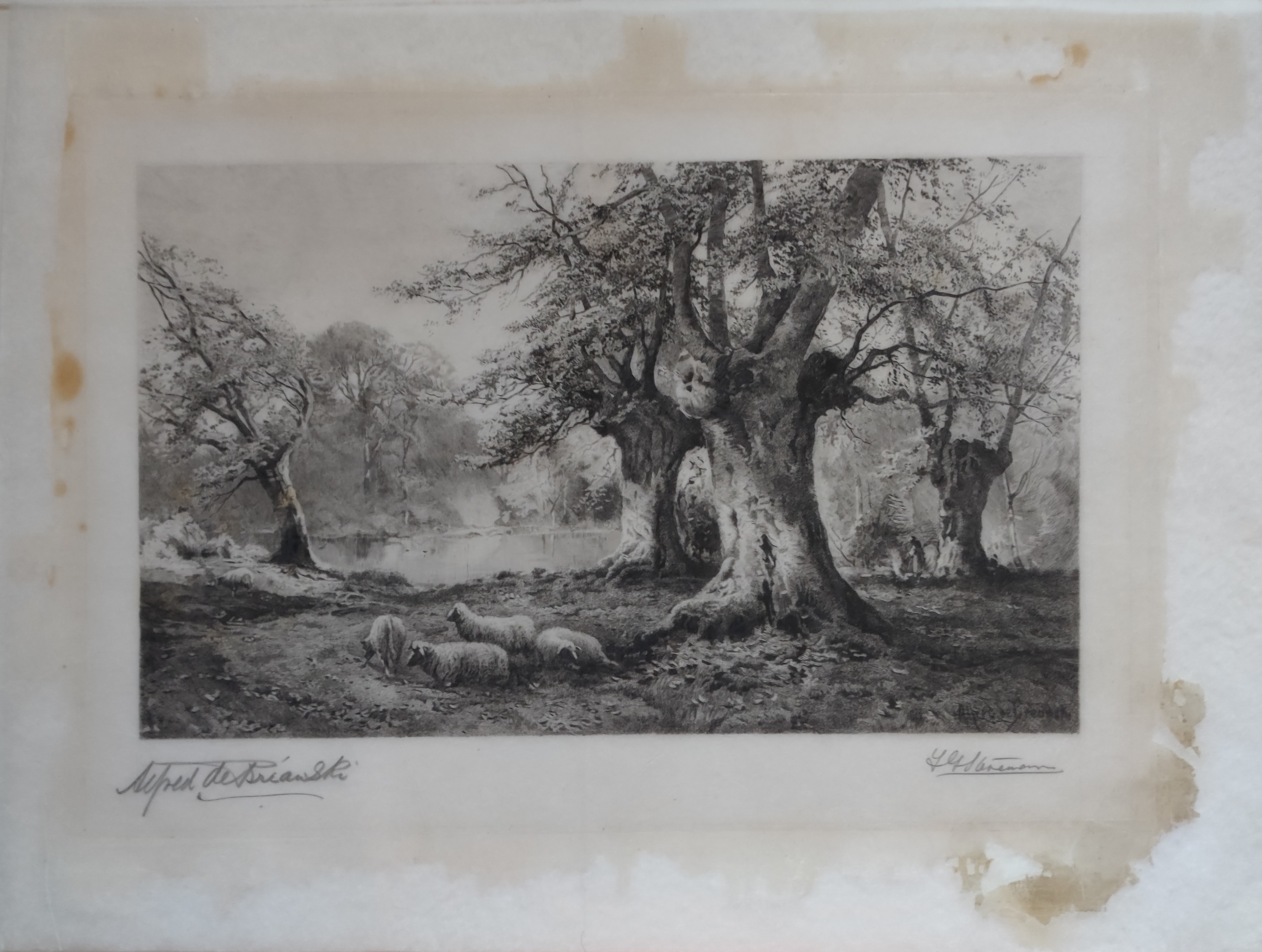
Overall image showing print with secondary support with very thin Japanese paper - image after treatment: The etching after a painting titled Burnham Beeches originally painted by Alfred de Breanski
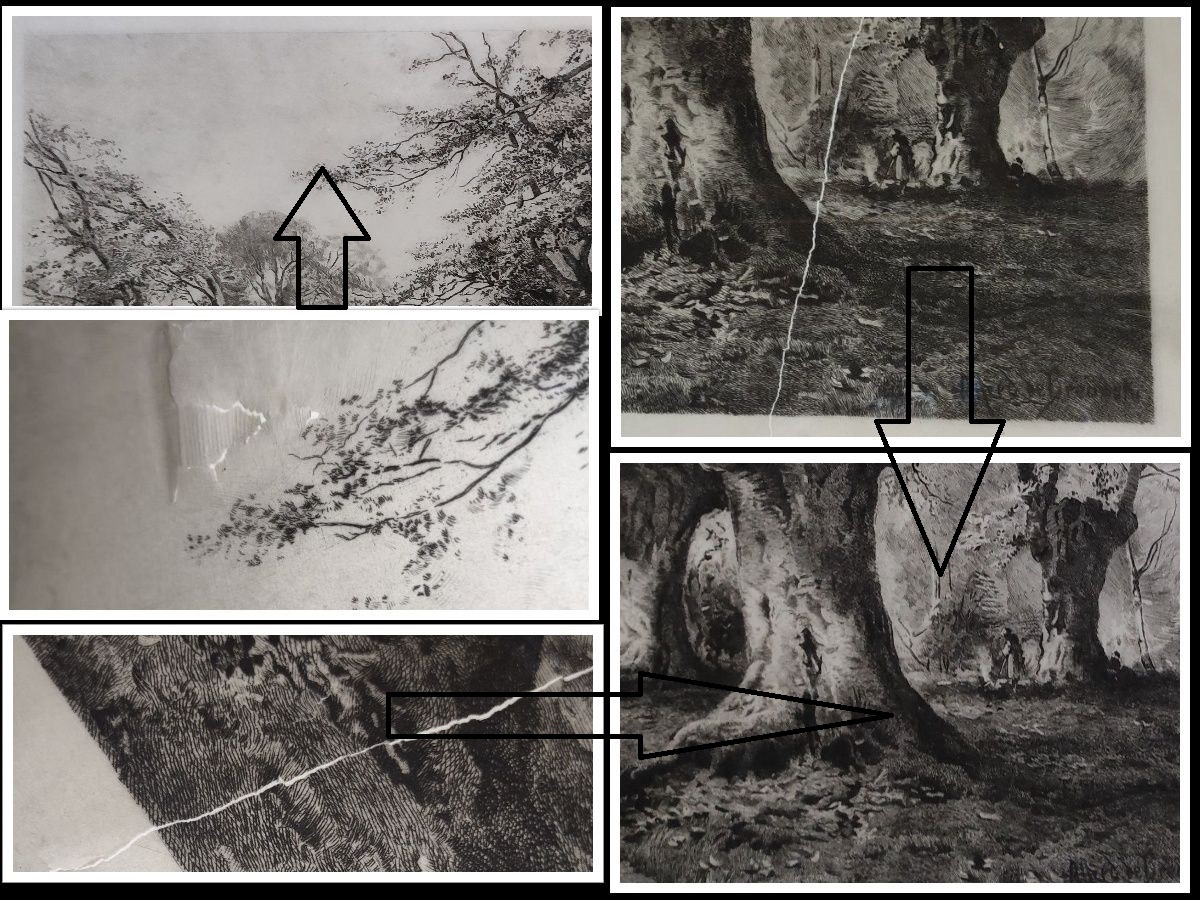
The etching after a painting titled Burnham Beeches originally painted by Alfred de Breanski - Collage of the images showing the details of the print condition before and after conservation
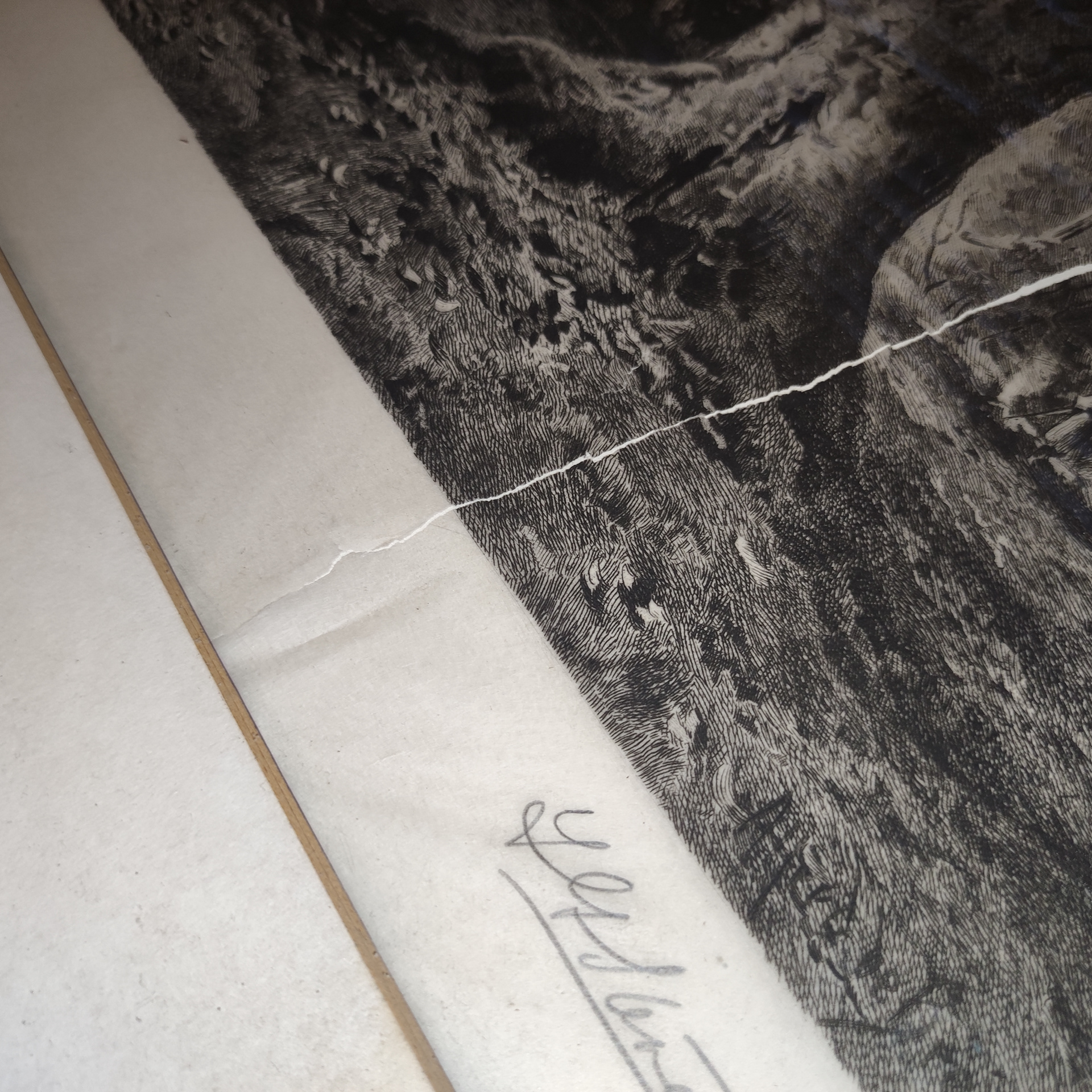
Detail of the signature and a deep crack in the paper - condition before conservation: The etching after a painting titled Burnham Beeches originally painted by Alfred de Breanski
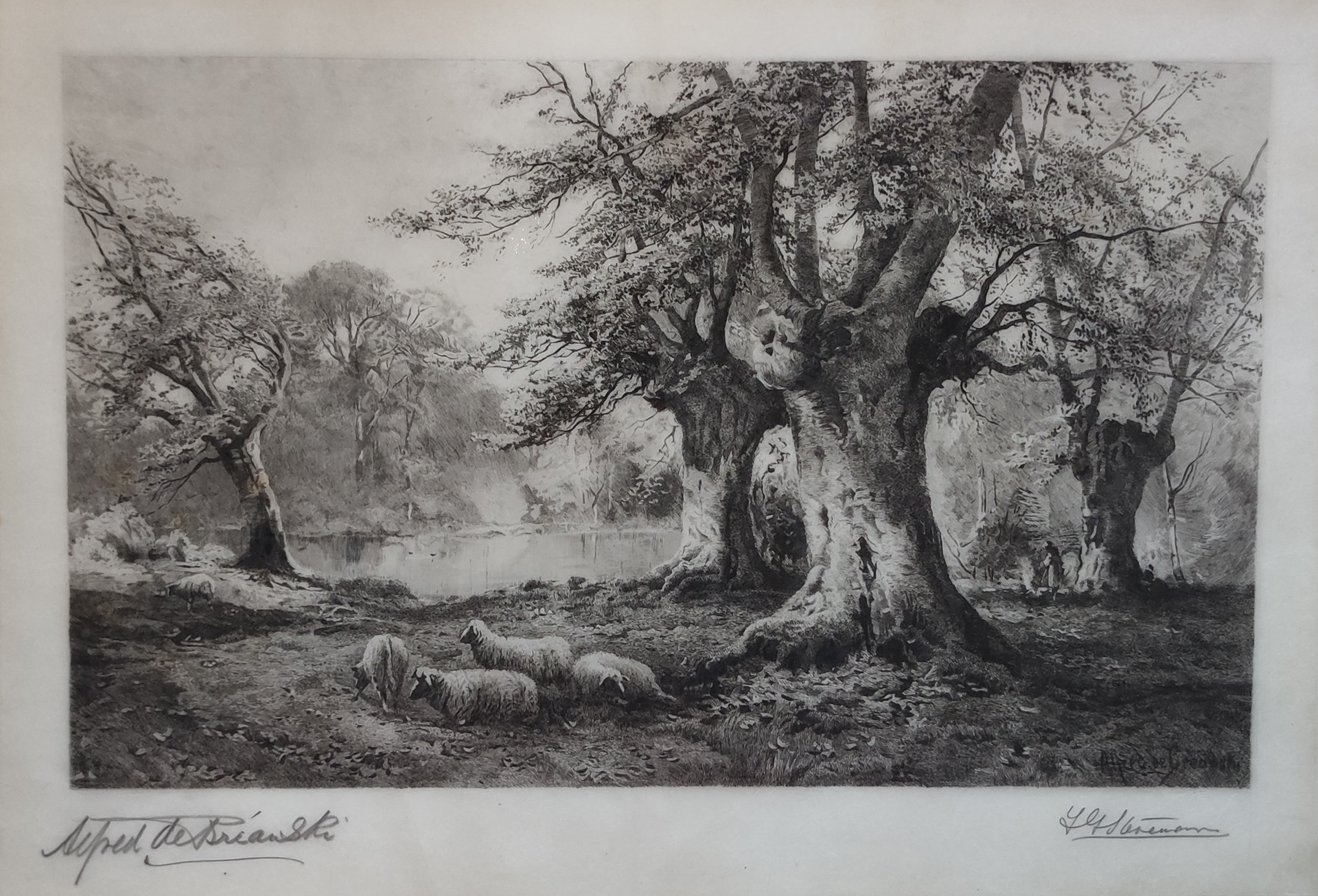
Detail of the print after conservation: The etching after a painting titled Burnham Beeches originally painted by Alfred de Breanski
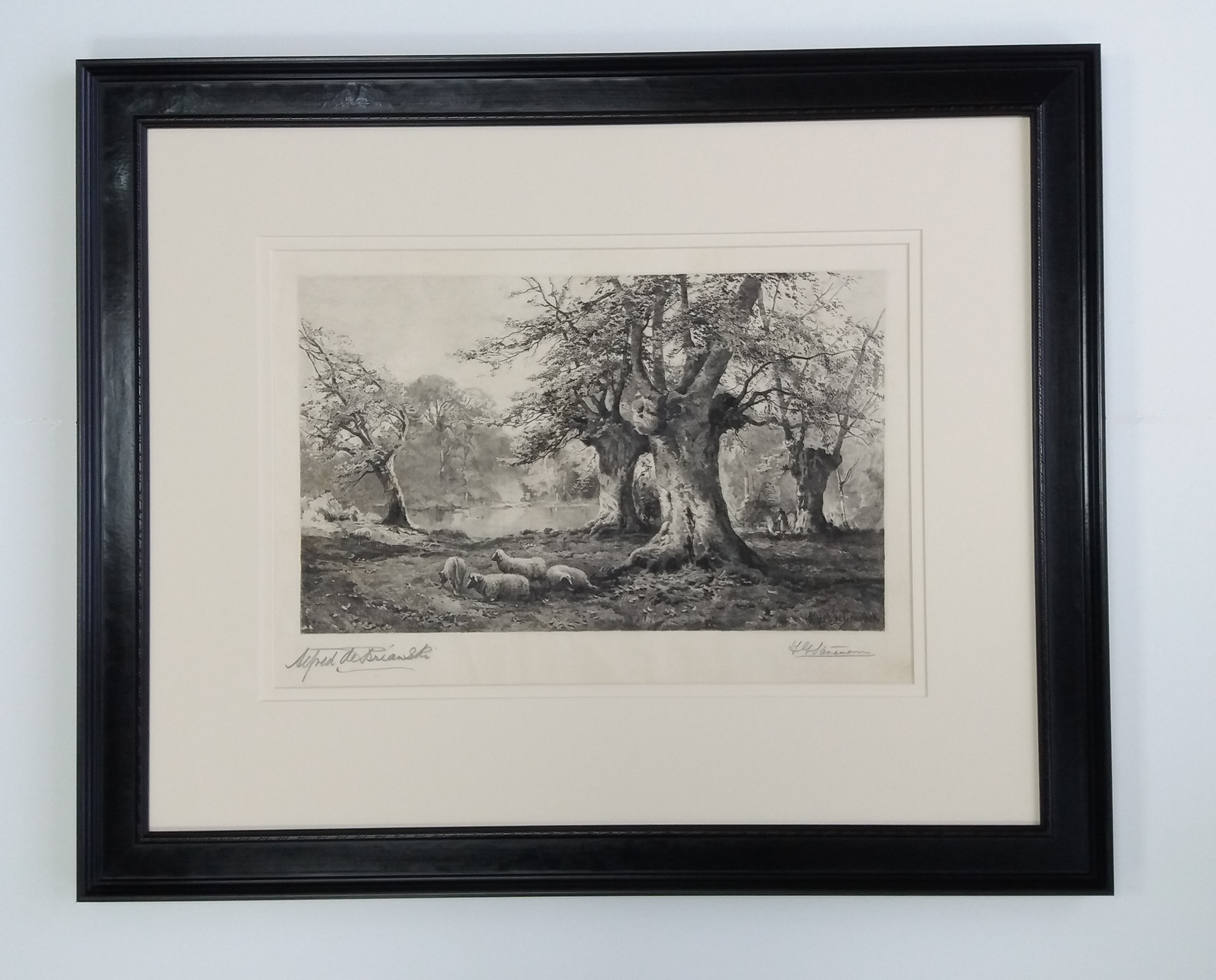
Overall image showing mounted and framed print: The etching after a painting titled Burnham Beeches originally painted by Alfred de Breanski
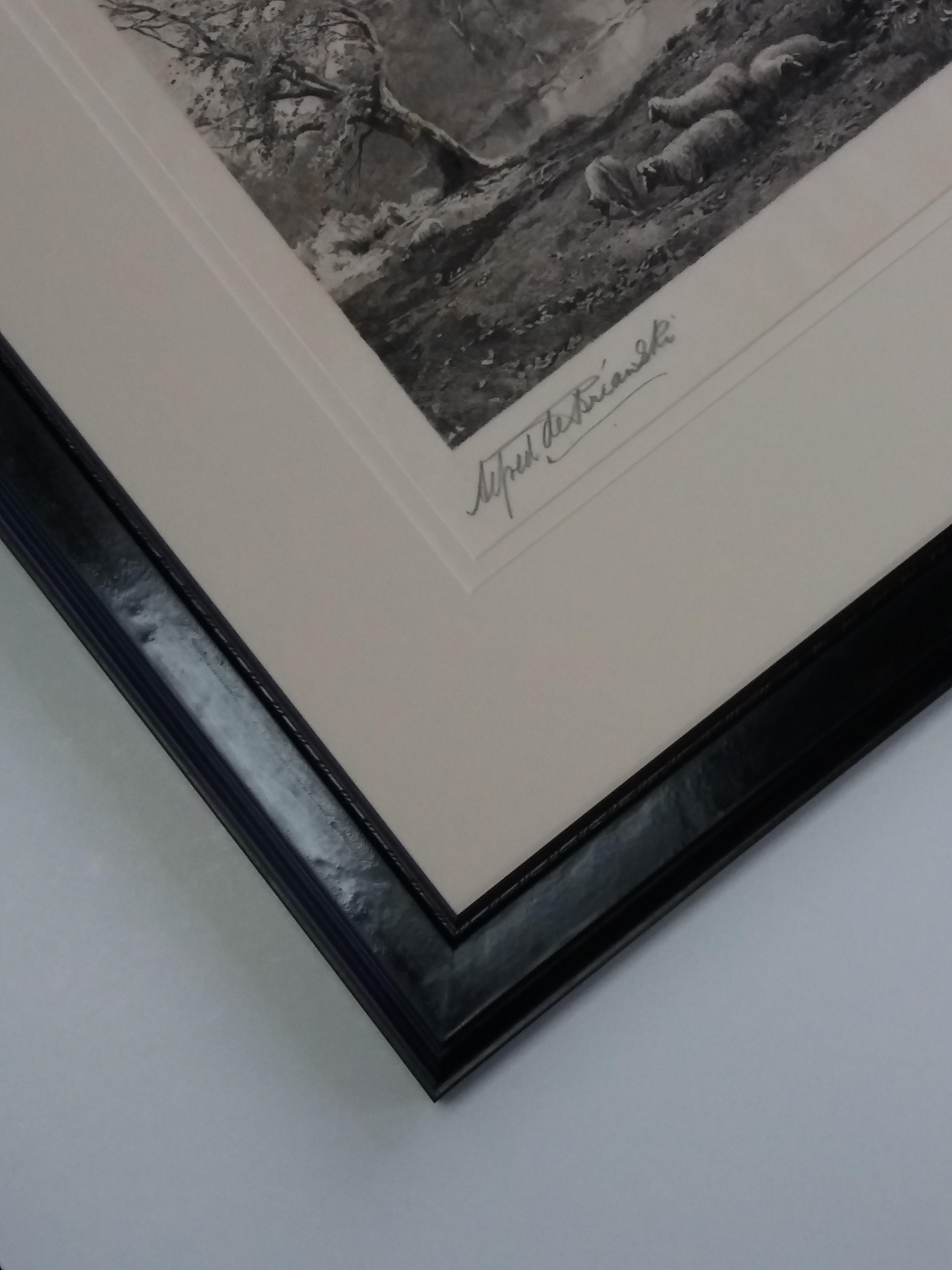
Detail of the framed print: The etching after a painting titled Burnham Beeches originally painted by Alfred de Breanski
We provide professional, quality conservation services for artistic and archival materials on paper. We offer a full range of conservation treatments for a wide variety of paper-based objects for both institutional and private clients.
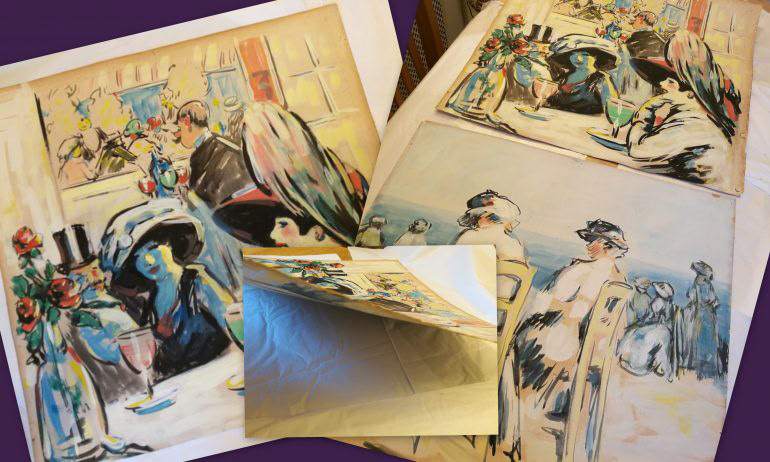
Board splitting treatment- before and after conservation

Paper material cleaning
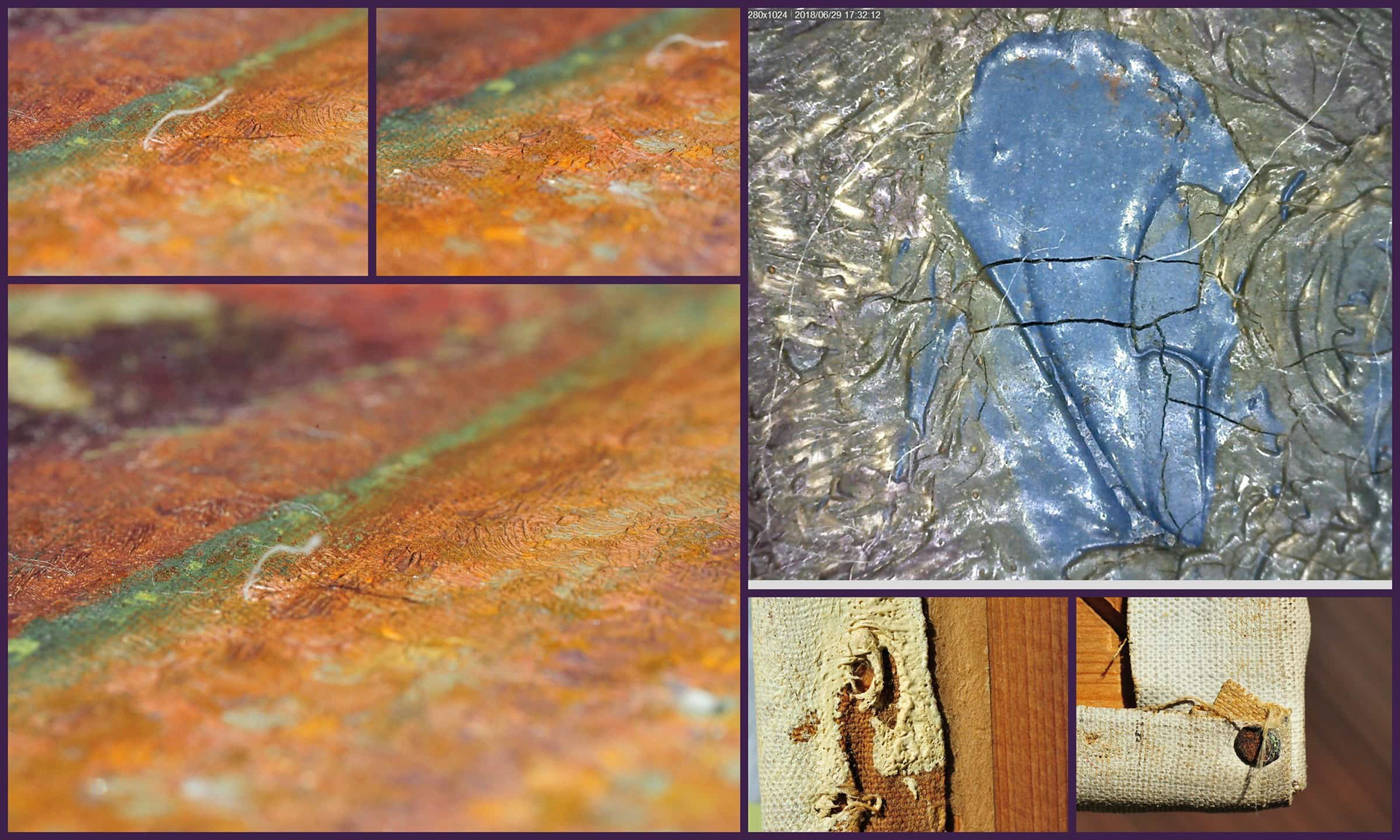
Conservation assessment – technical examination of painting
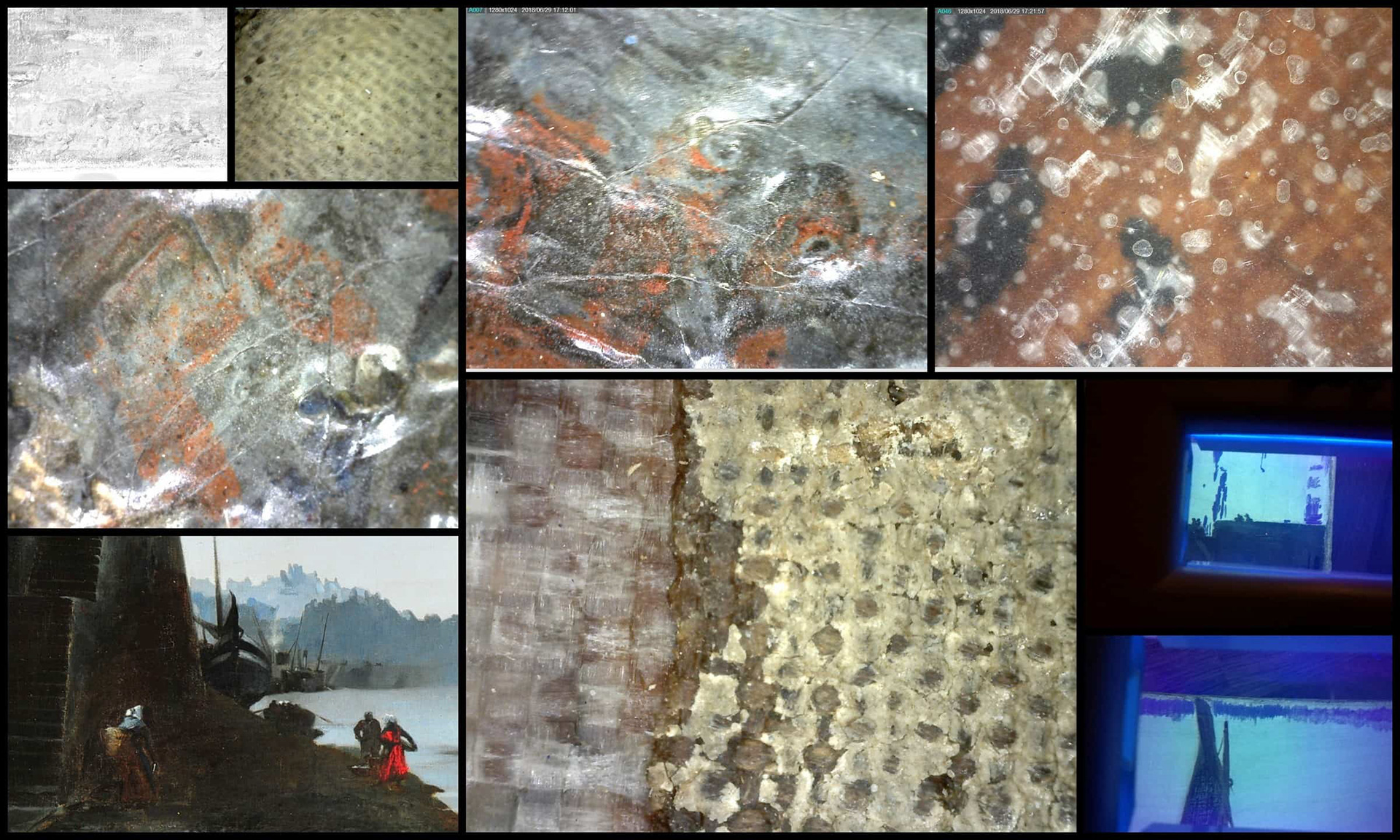
Conservation assessment – technical examination of painting
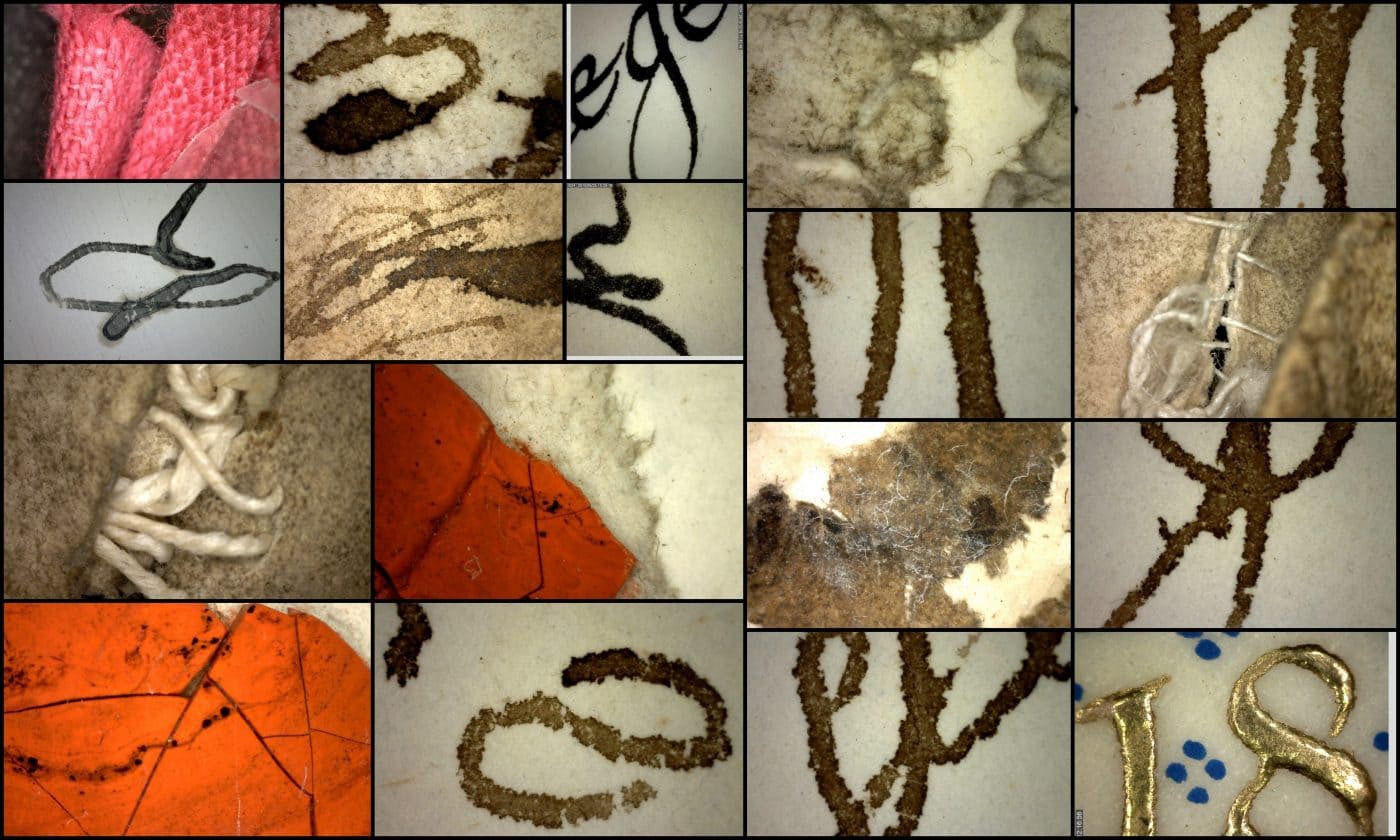
Archival materials assessment
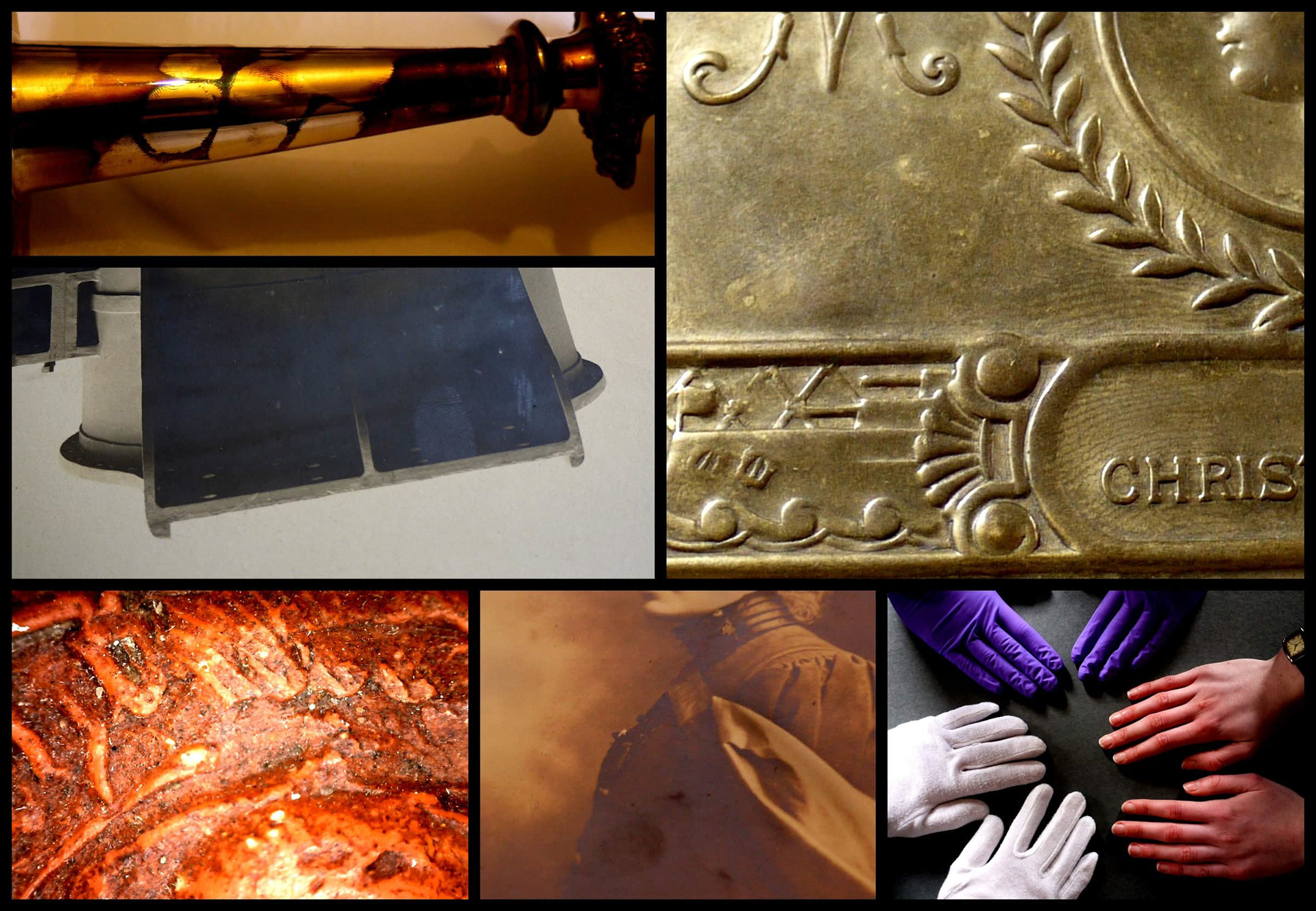
Object assessment
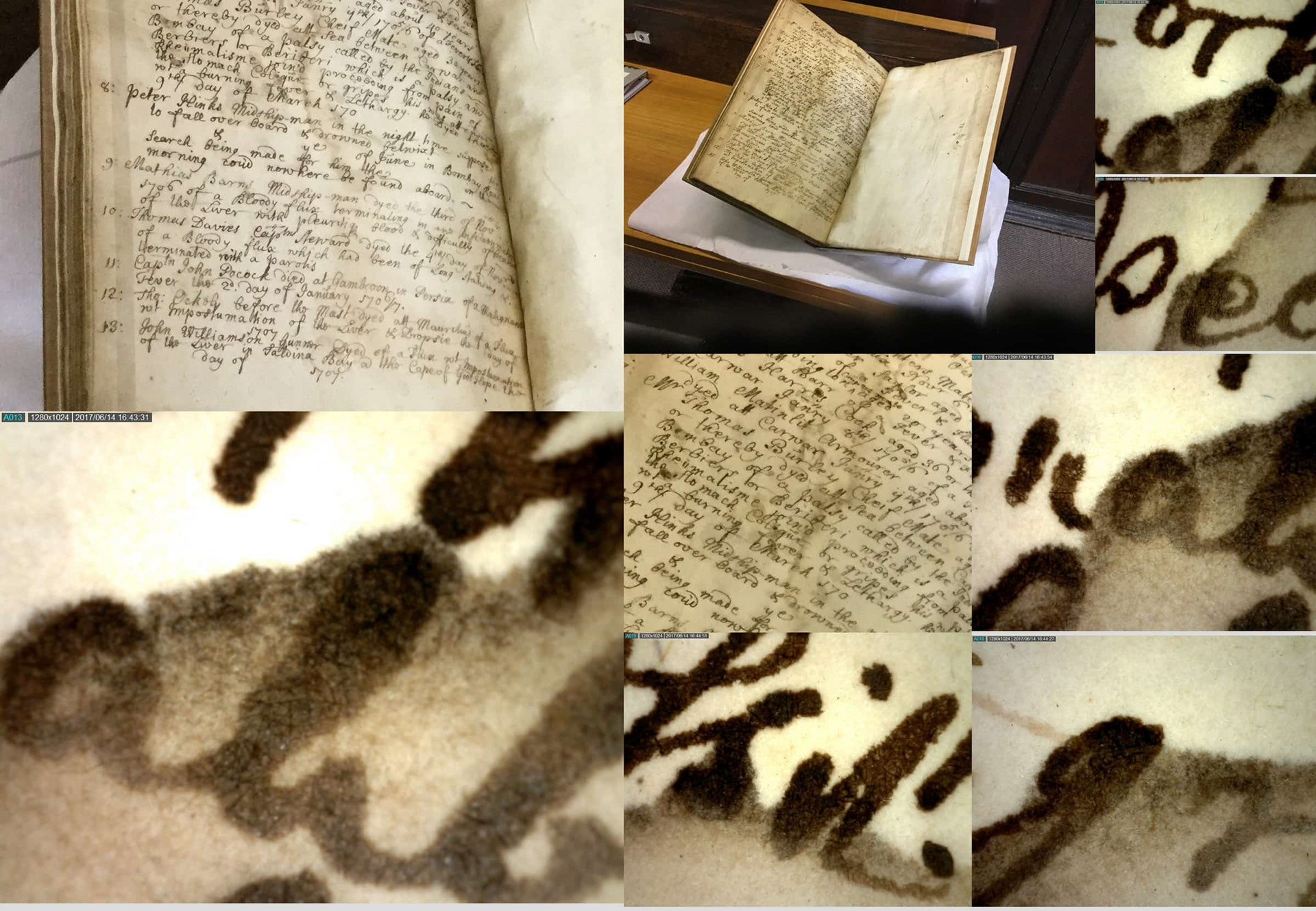
Emergency salvage of wet book – drying book treatment
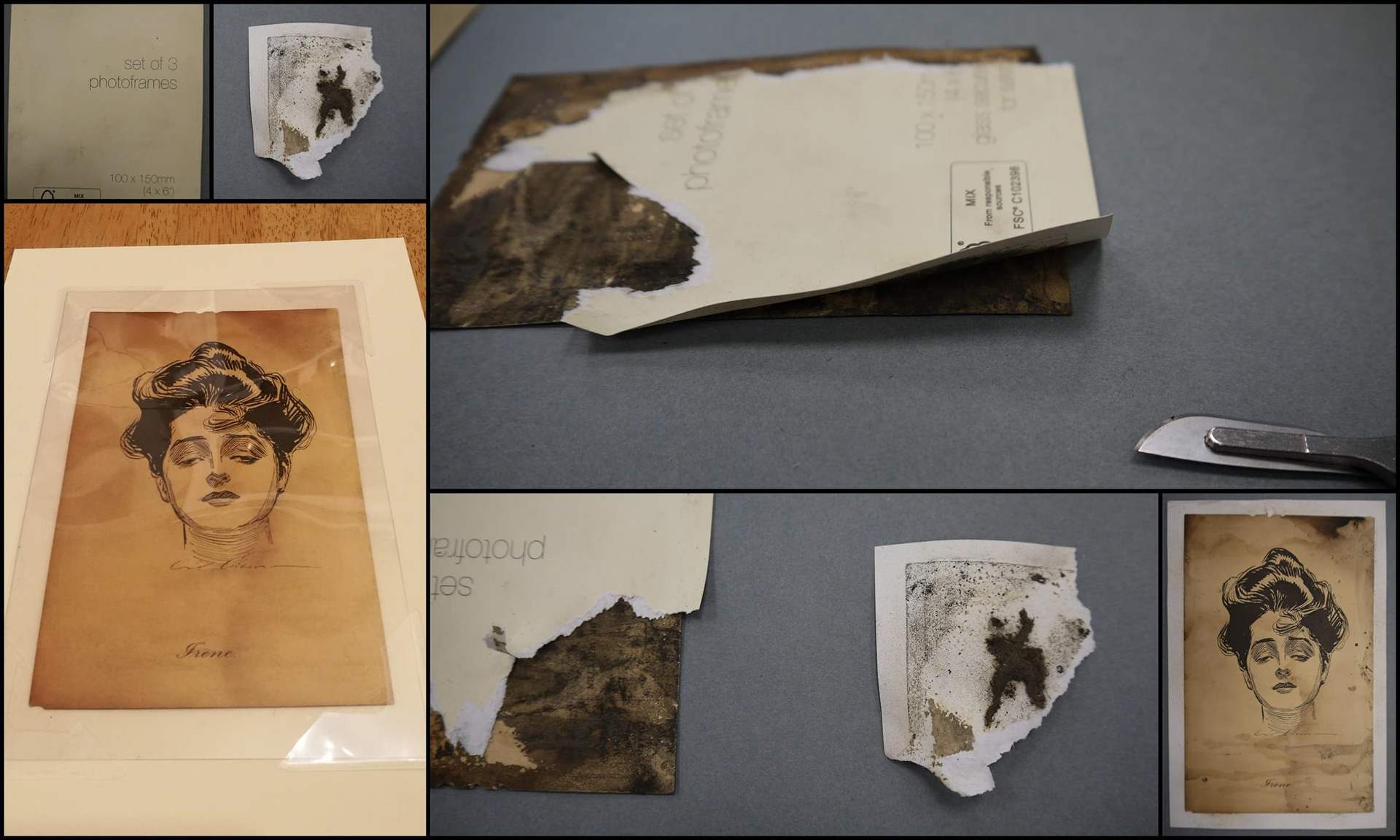
From the preservation of collections of postcards project: before and after conservation
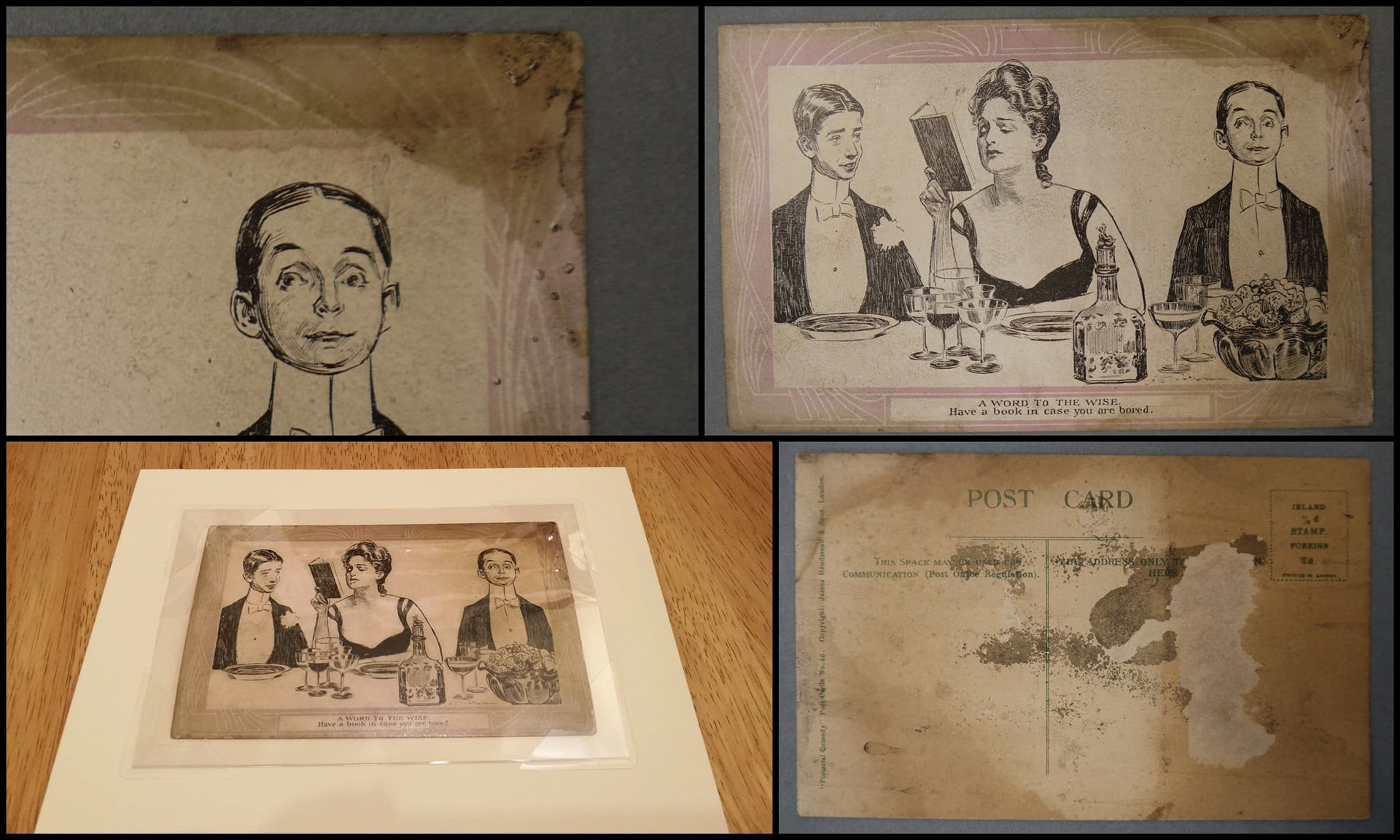
From the preservation of collections of postcards project: before and after conservation
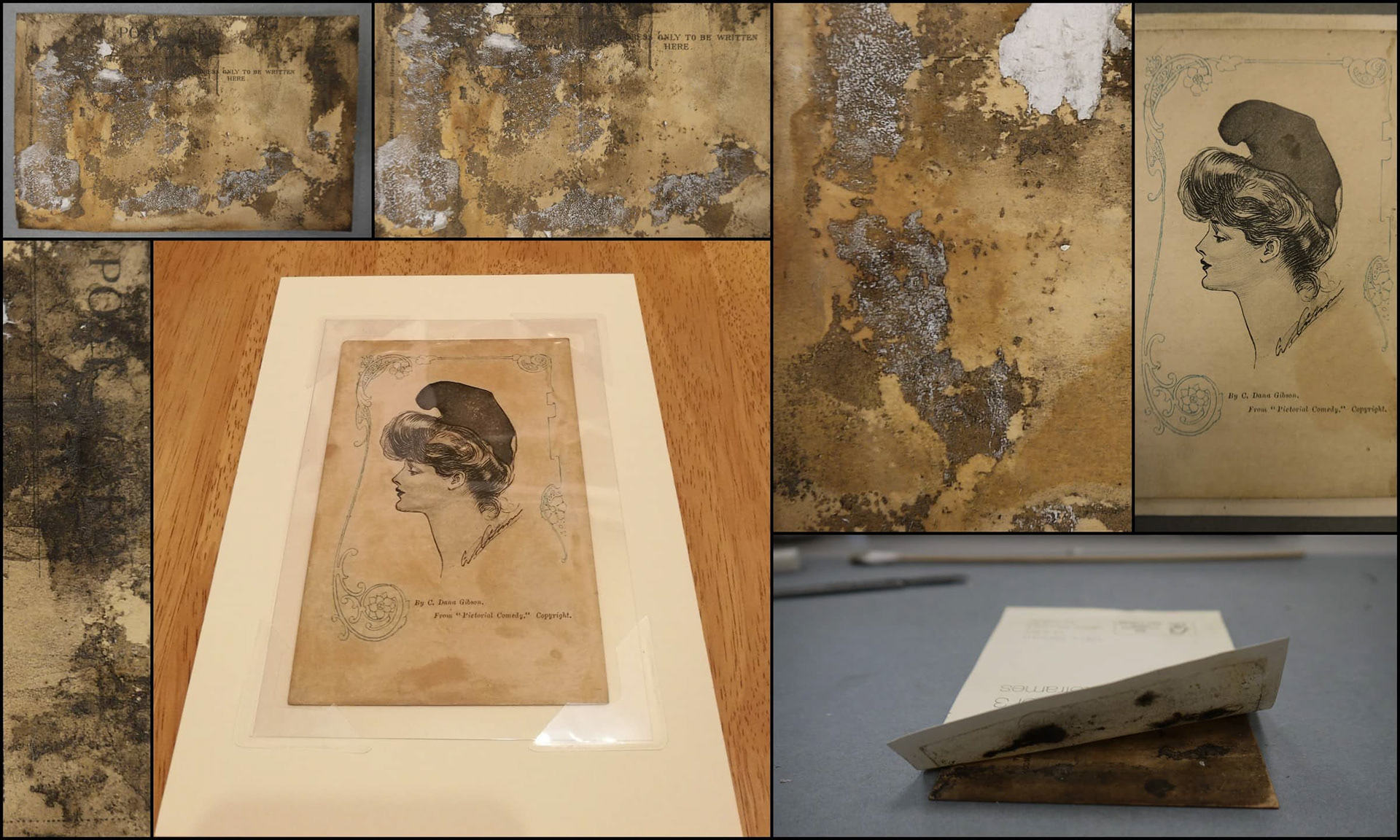
From the preservation of collections of postcards project: before and after conservation
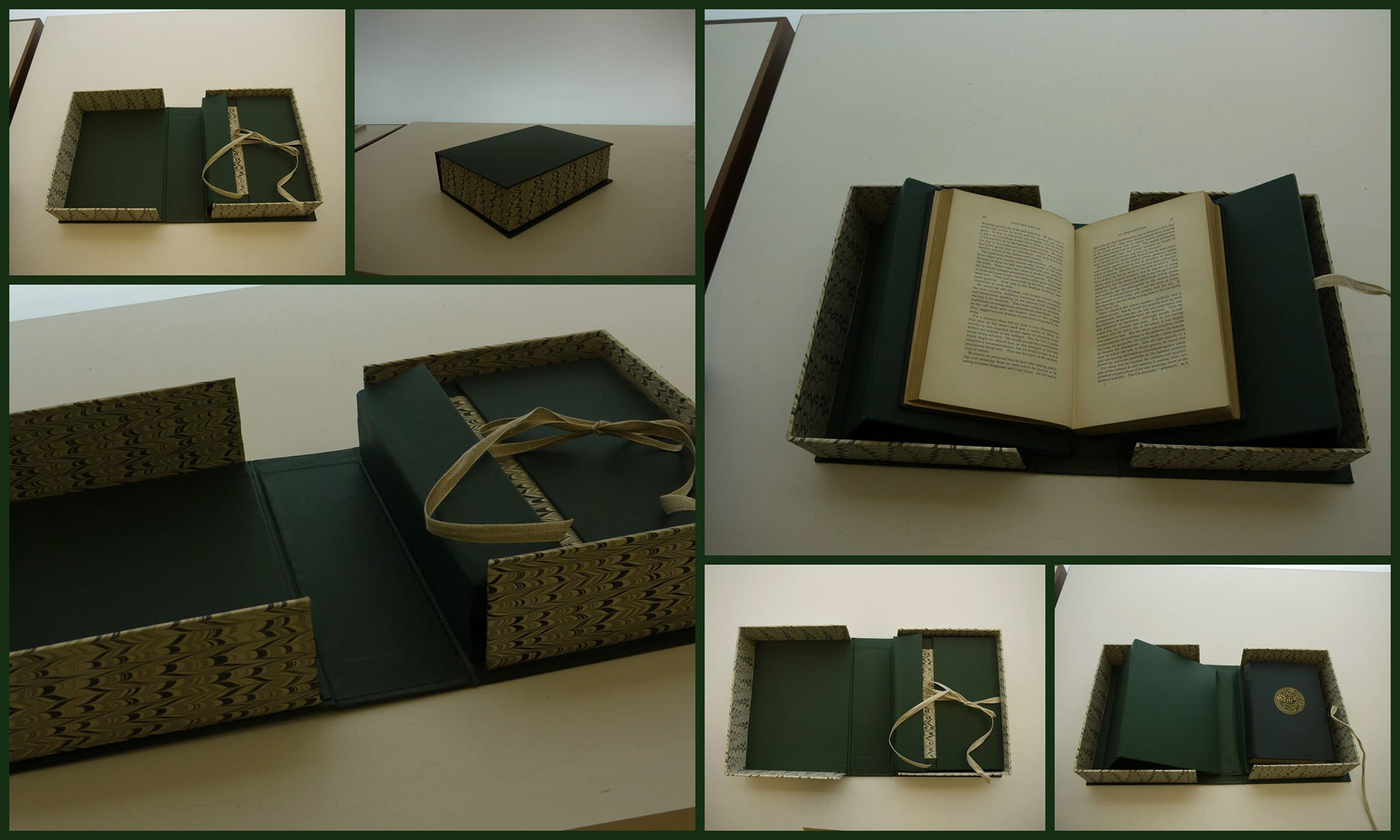
Protecting book with custom-fitted box
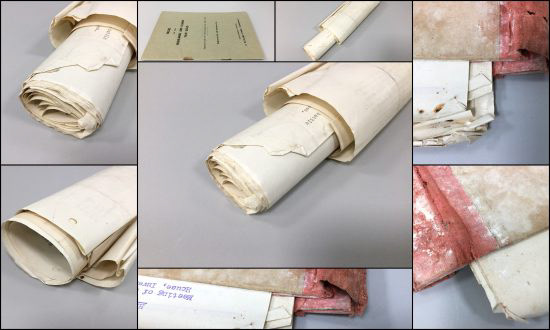
Before conservation work
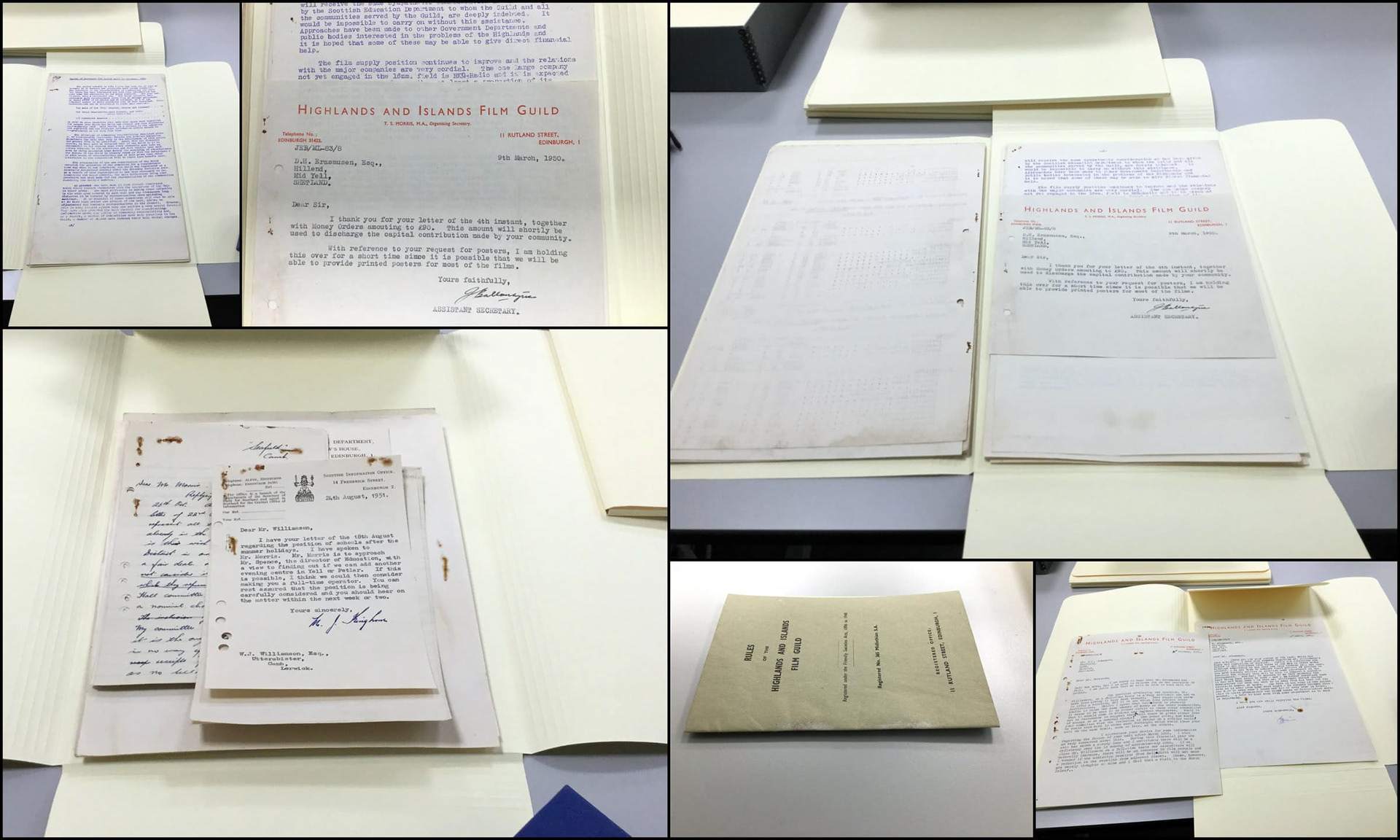
After conservation work
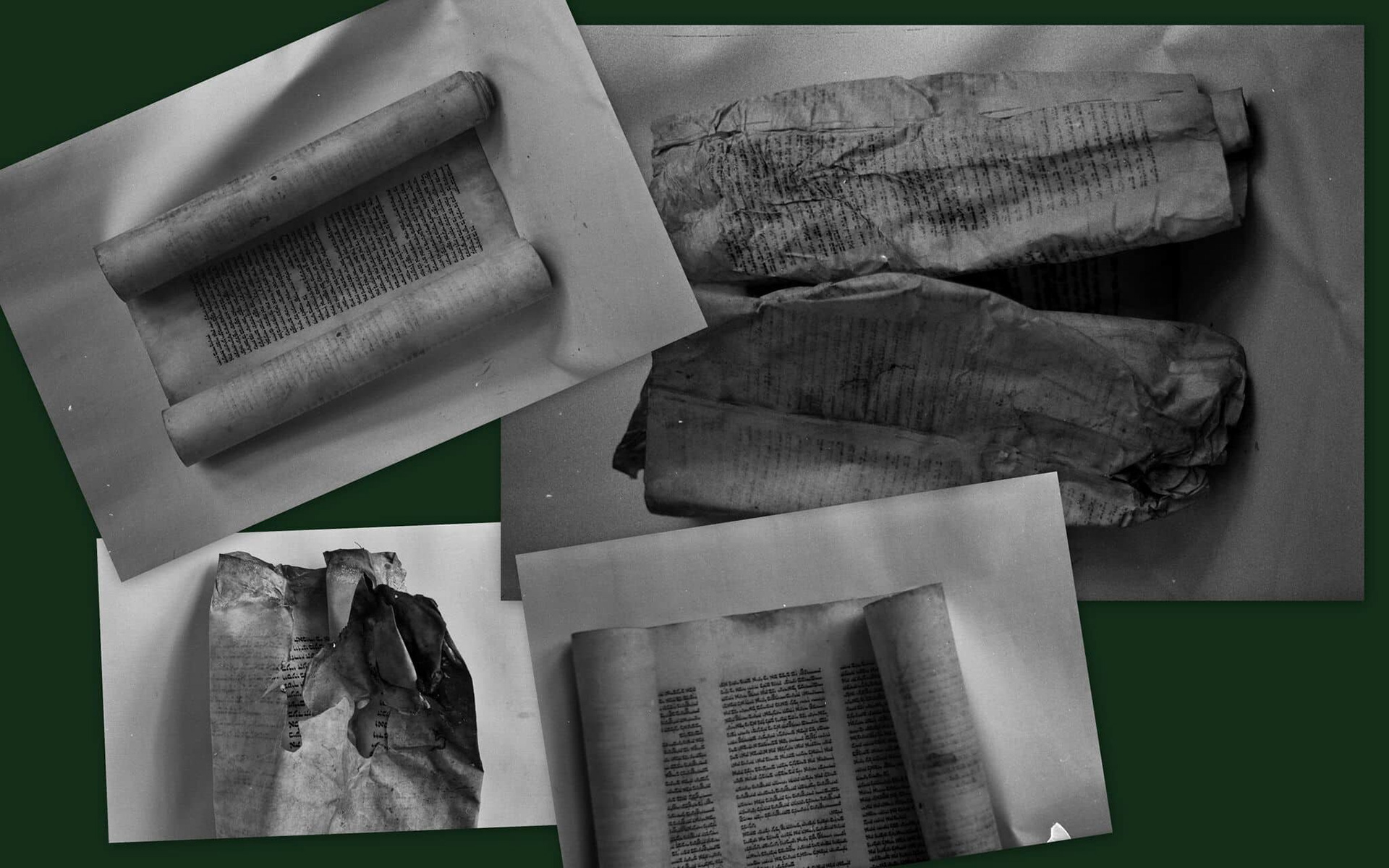
Parchment conservation
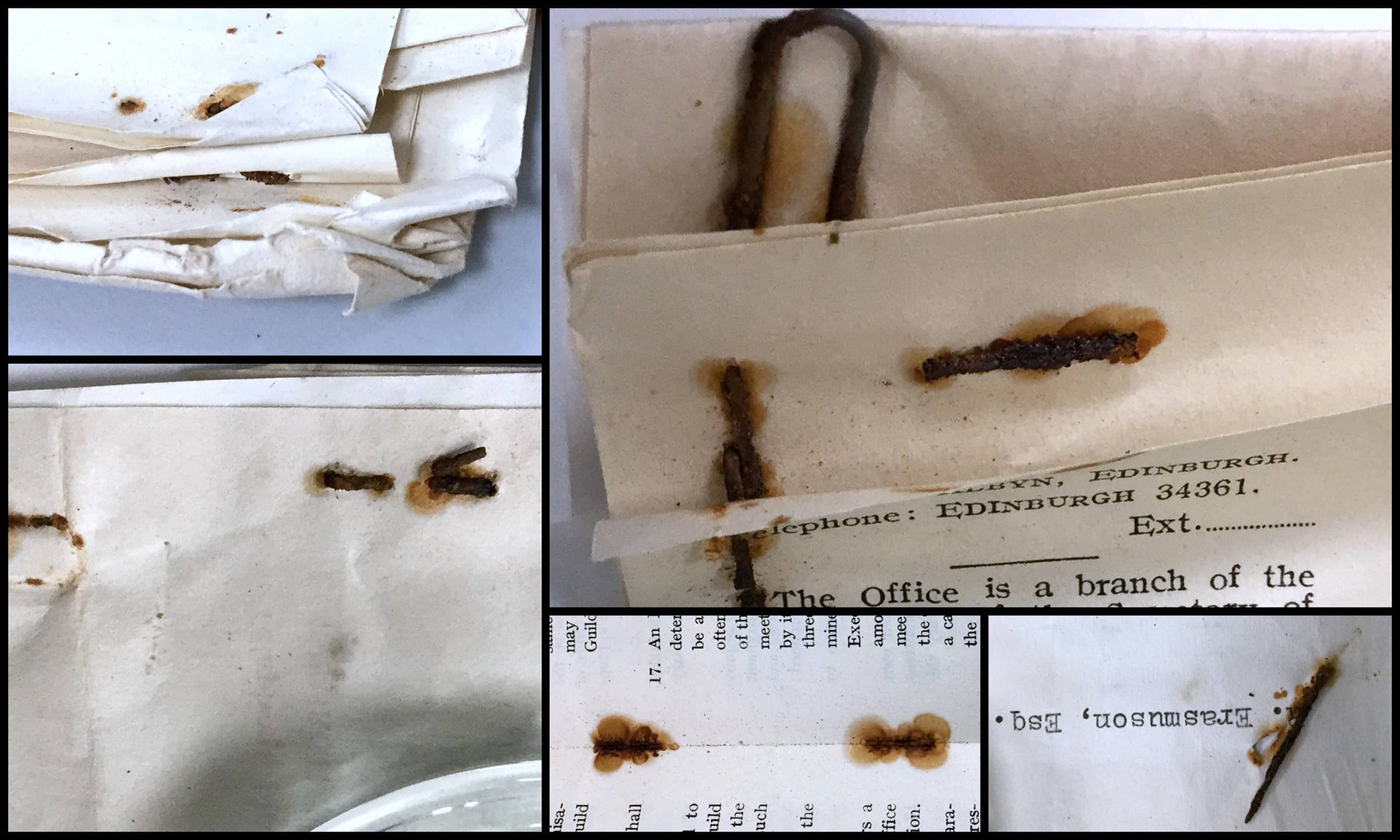
Rusted pins and paperclips before removal.

Rusted pins and paperclips before removal.
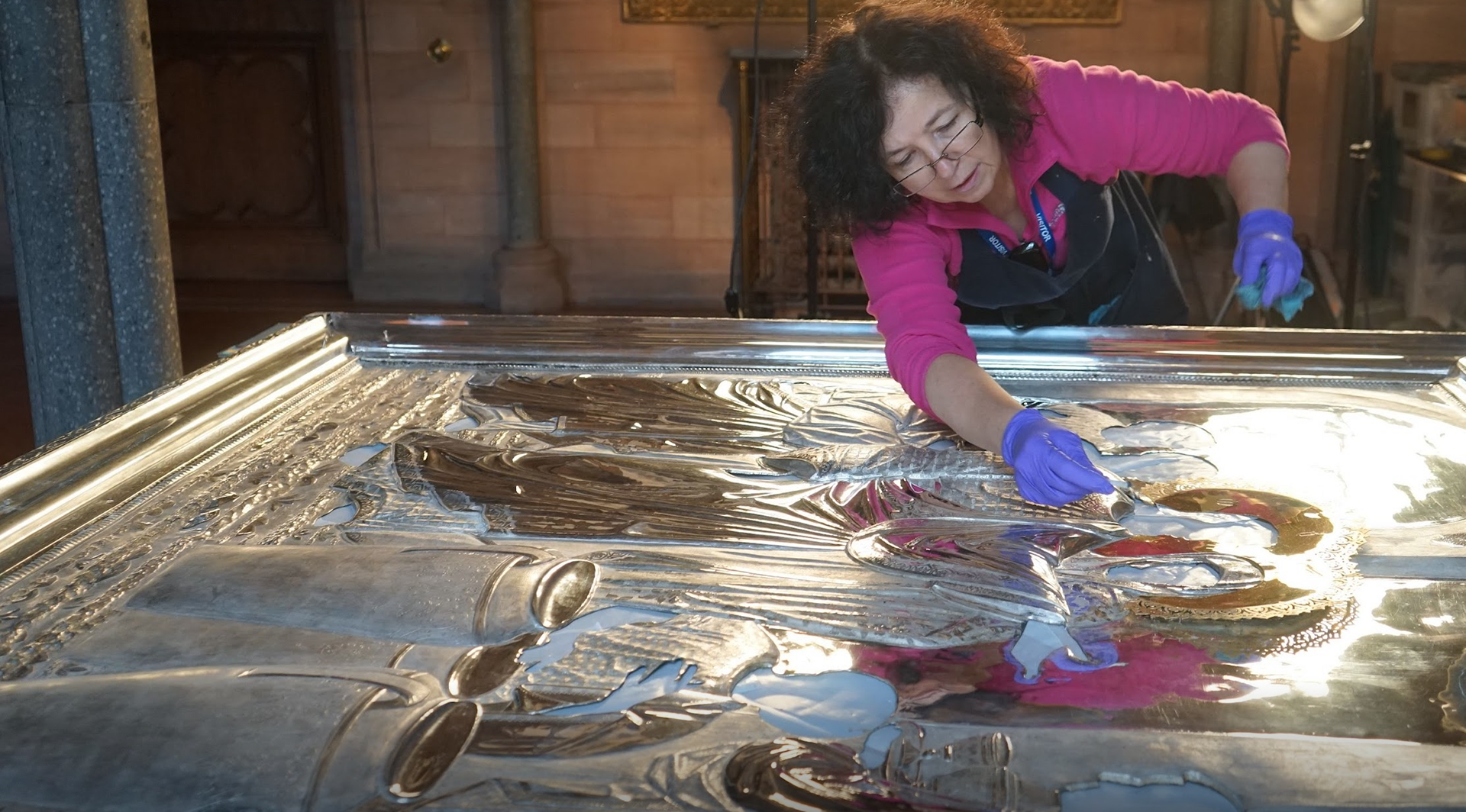
Cleaning of old varnish on silver
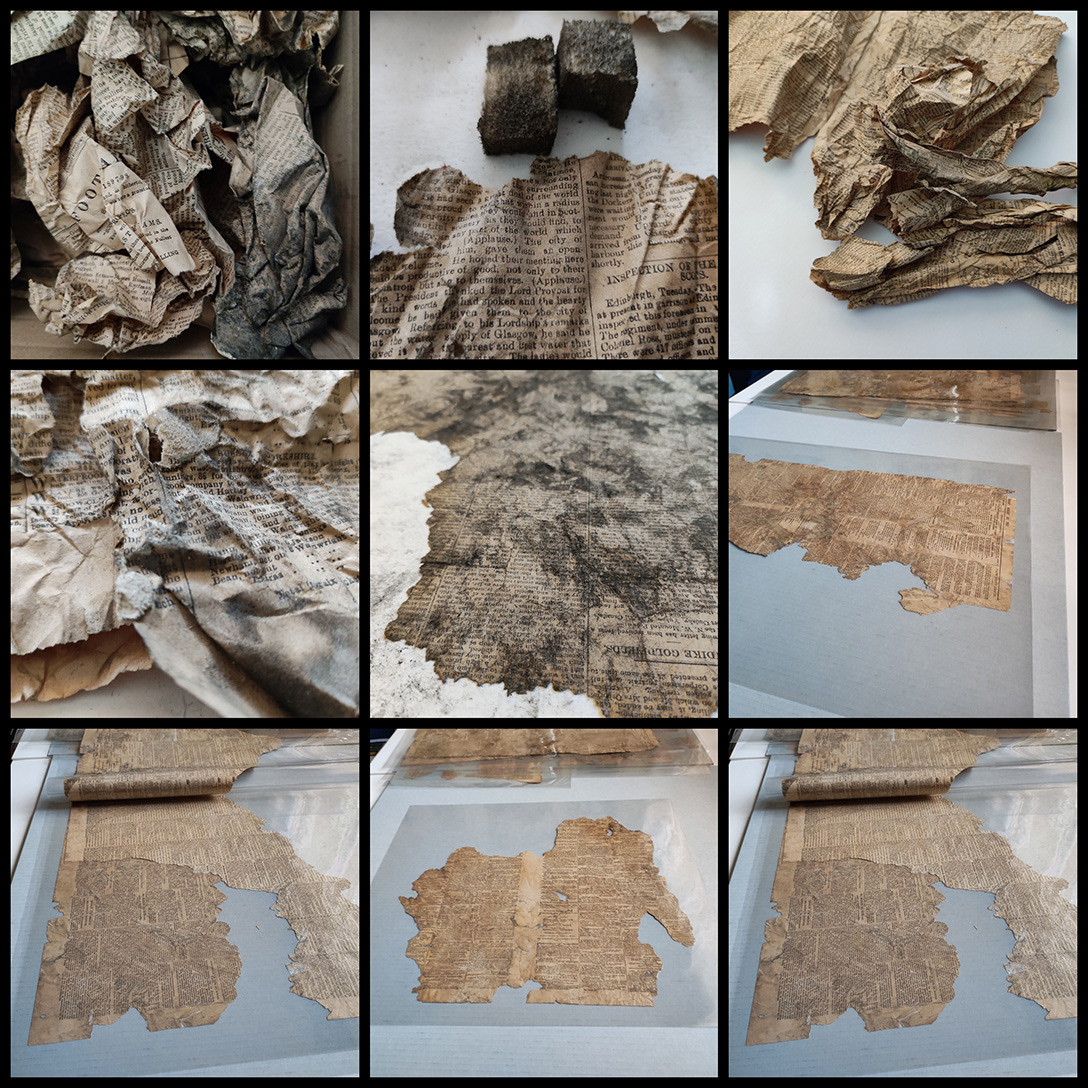
These newspapers from the 19th century were discovered by new homeowners during a renovation. The newspapers, though of relatively poor quality, exhibited brittleness and a yellowed appearance due to their age and some staining. They were incomplete, torn, brittle, discoloured, and had developed mould and mildew. They had experienced damage and deterioration that are typical of artifacts from that era. At some point in their history, they had been stored in a folded manner, resulting in heavy creases and further soiling. The images illustrate the condition of the newspapers both before and after undergoing conservation treatment.

Maps serve as a universal medium for communication and are easily comprehensible and appreciated by most people. Printed maps used to be an integral part of daily life, with folded paper maps commonly stored in the glove compartment of nearly every vehicle. The original-coloured fold-out map of Glasgow, along with its suburbs, provides a detailed record of Glasgow during the inter-war period. It showcases historical street layouts, railway and canal configurations, former street names, old industries, and more. This map was crafted for the Post Office Directory by John Bartholomew, F.R.G.S. The paper is in fairly good condition, although the corners of each section show some wear and rounding. There are a few marks, signs of aging, and tears. The accompanying slipcase is in poor condition, with torn edges. The map has undergone repair with tape, and there is some paper splitting along the folds with holes appearing at the fold corners. A collage of images illustrates the condition of the map's folding lines before and after conservation.

The limited edition giclee print titled "Absolute Belters" by Ross Muir was structurally sound. However, the artwork's surface had severe scratches, which posed aesthetic issues for the print. It is clear that the artwork had been damaged by broken glass, resulting in harm to the printed image. The accompanying images show the condition of the print before and after conservation. These same images from the collage reveal the sharpest details and a full spectrum of colours, showcasing every shade present in the original work under microscope magnification.
